Our Passion is Native Plants
Your Vision, Our Natives, One Thriving Project
Every successful planting project begins with a vision—and the right plants to bring it to life. Our coastal-grown natives are tough, resilient, and ready to thrive in challenging conditions like wind and salt spray.
We’re more than suppliers—we’re passionate advocates for native restoration. We love hearing the stories behind each project, whether you're regenerating a hillside, restoring a wetland, or creating a backyard haven.
Every planting makes a difference. Reach out anytime—we’re here to help your vision come to life.
PLANT LIBRARY -
Our selection is always evolving, get in touch for a current list.
Grass, Flax & Sedge
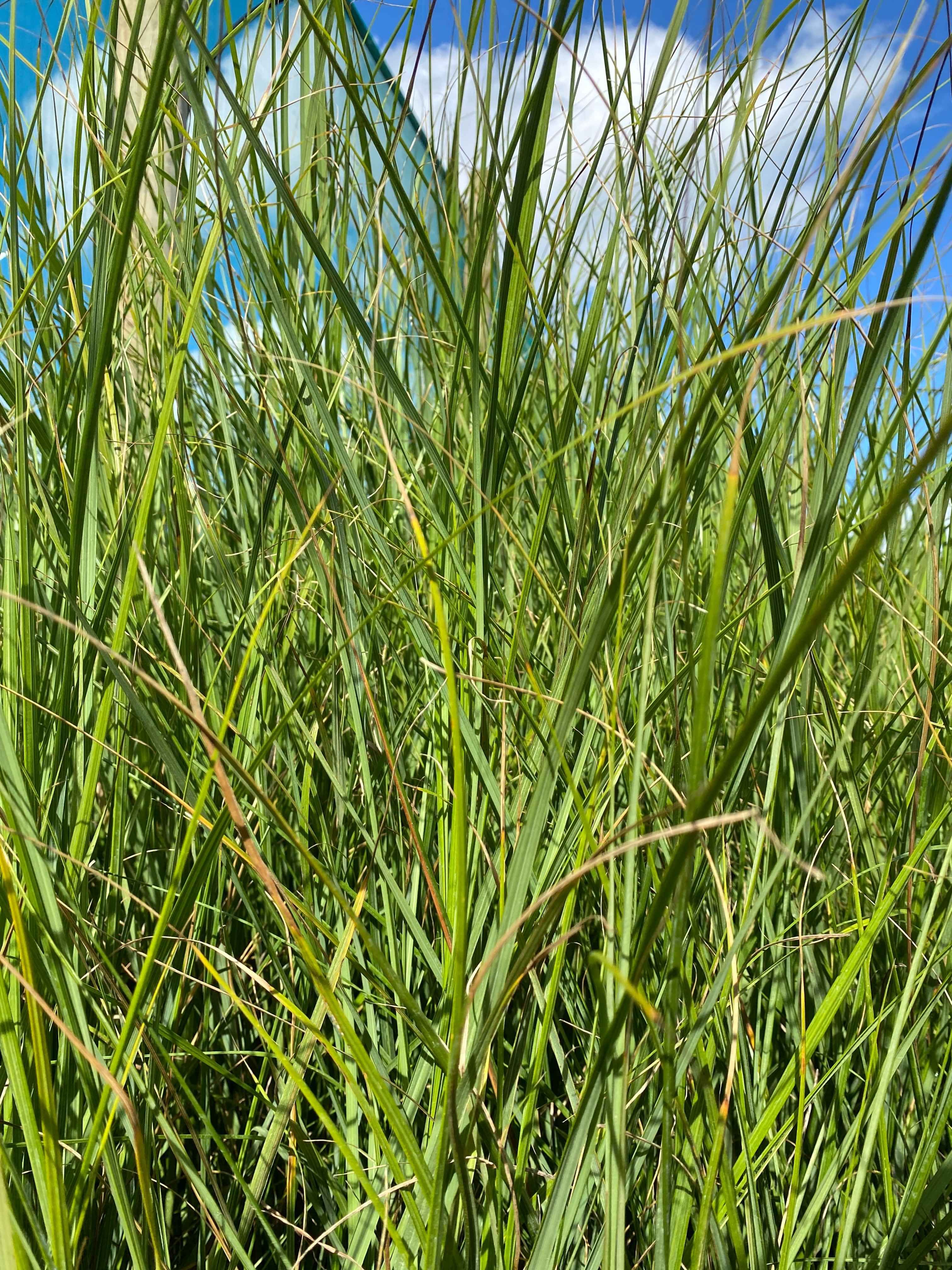

Toetoe
Austroderia fulvida
A hardy robust tussock. Will tolerate wet and dry, ideal for riparian planting as well as erosion control.
Height up to 3m
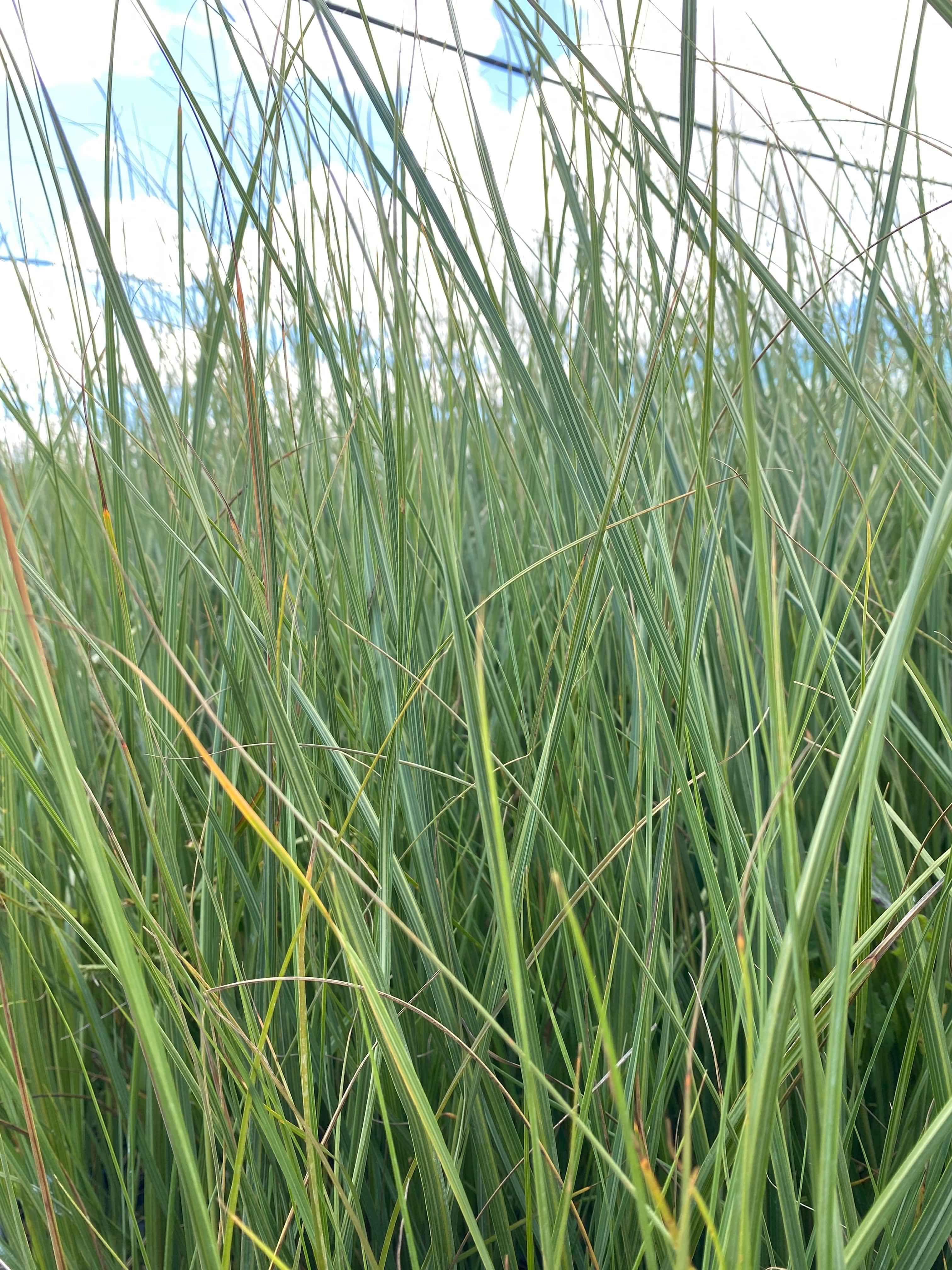

Toetoe (Swamp)
Austroderia toetoe
A fast-growing large tussock. Grows in a range of soils but does prefer damp. Generally larger than Austroderia fulvida
Height up to 4m
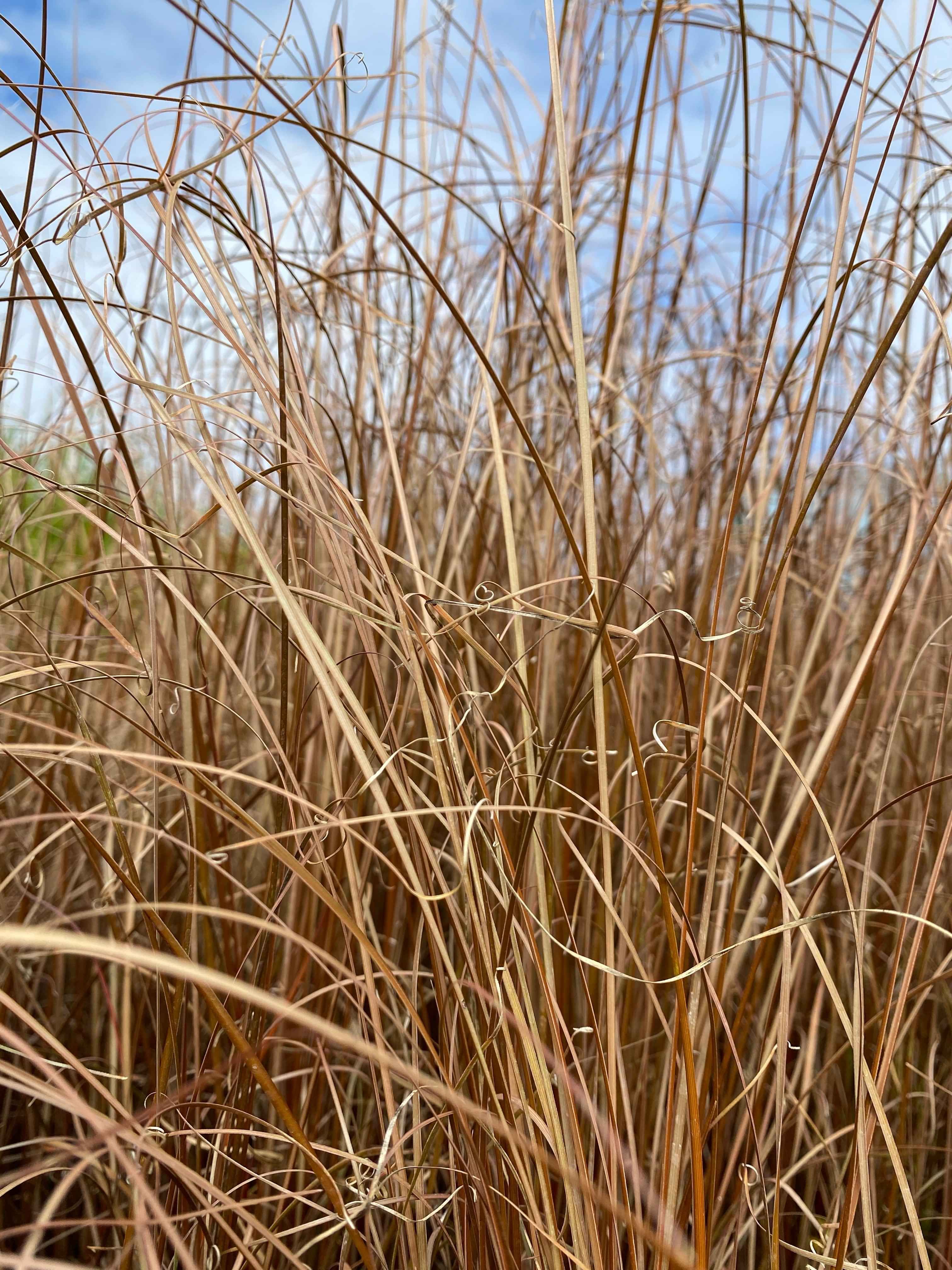

Buchanans sedge
Carex Buchananii
Popular for landscaping, a great accent plant, does best in moist soils. Prefers full sun.
Height up to 75cm
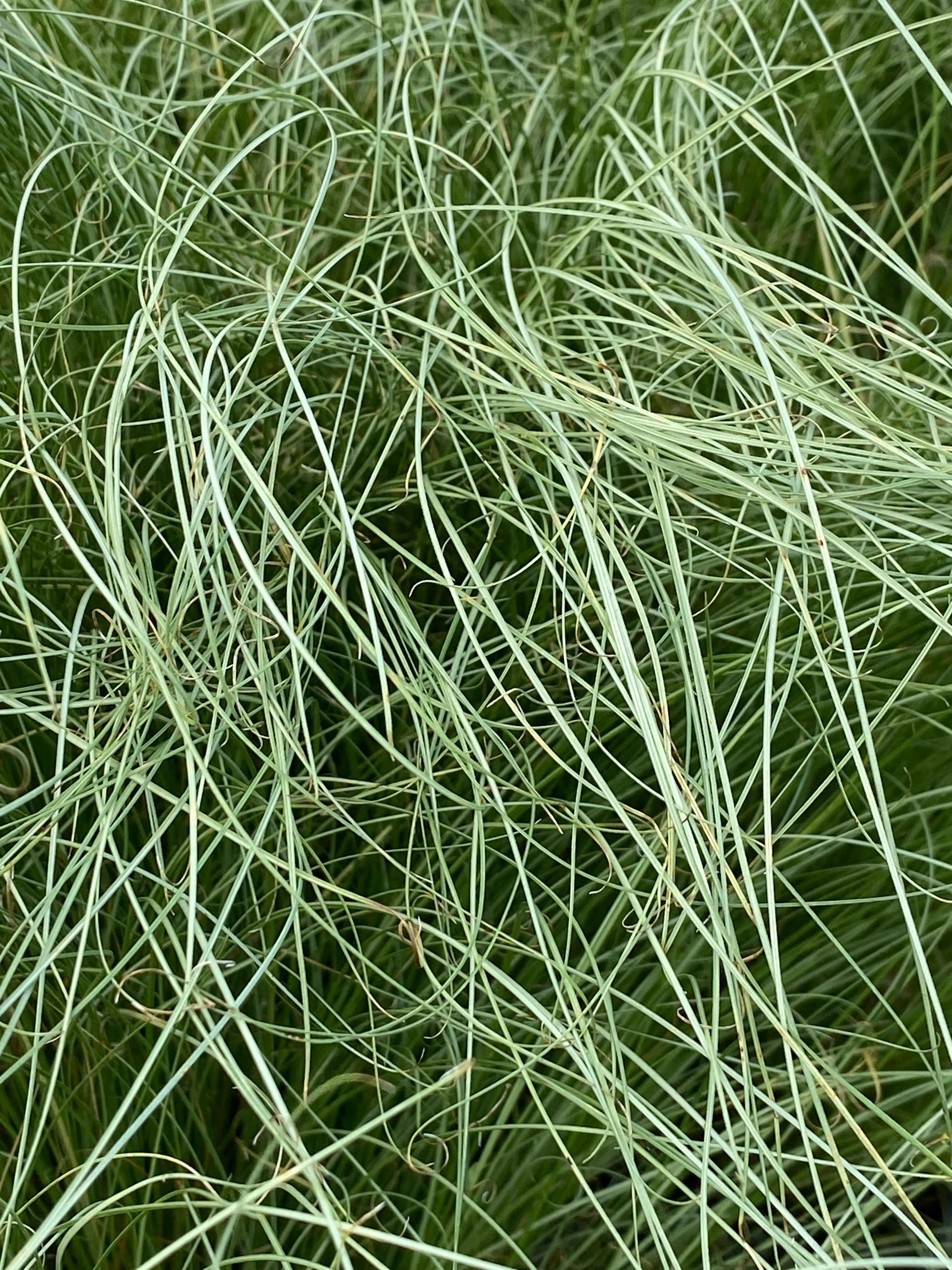

Frosted Curls
Carex comans
Used widely for landscaping, tolerates most conditions. Looks great in mass plantings.
Height up to 40cm x 30cm
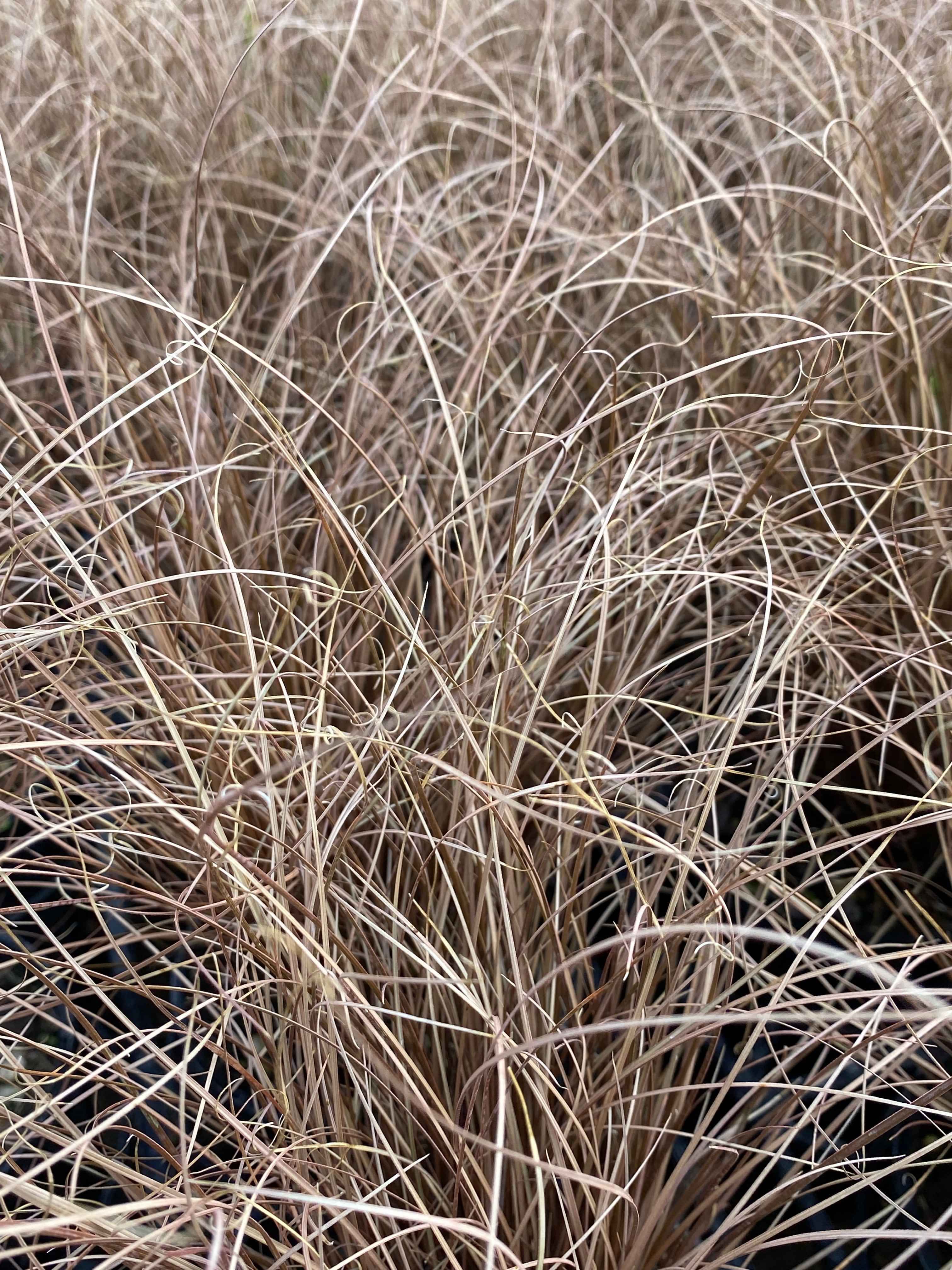

Bronze curls
Carex comans var red
Used widely for landscaping, tolerates most conditions. Looks great in mass plantings.
Height up to 40cm x 30cm
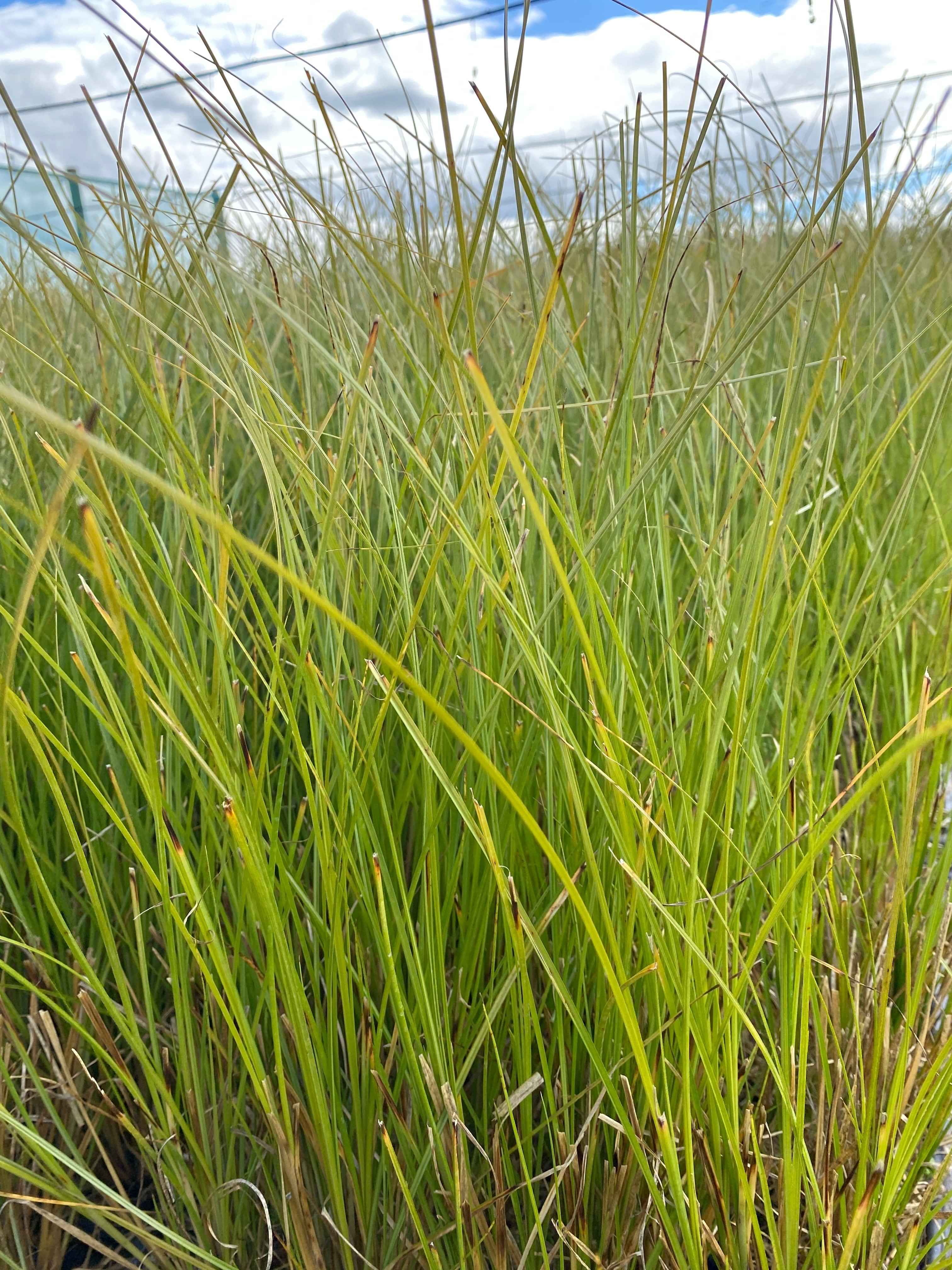

Purei
Carex Secta
Fast growing sedge, widely used for riparian and wetland planting. Useful for erosion control. Also lovely for wet spots in the home garden with it's arching habit.
Height up to 1.5m


Pukio
Carex Virgata
Fast growing sedge, widely used for riparian and wetland planting. Also useful for drain margins and revegetation. Slightly small than carex secta, and more tolerant to conditions that may change between very wet to very dry.
Height up to 1m
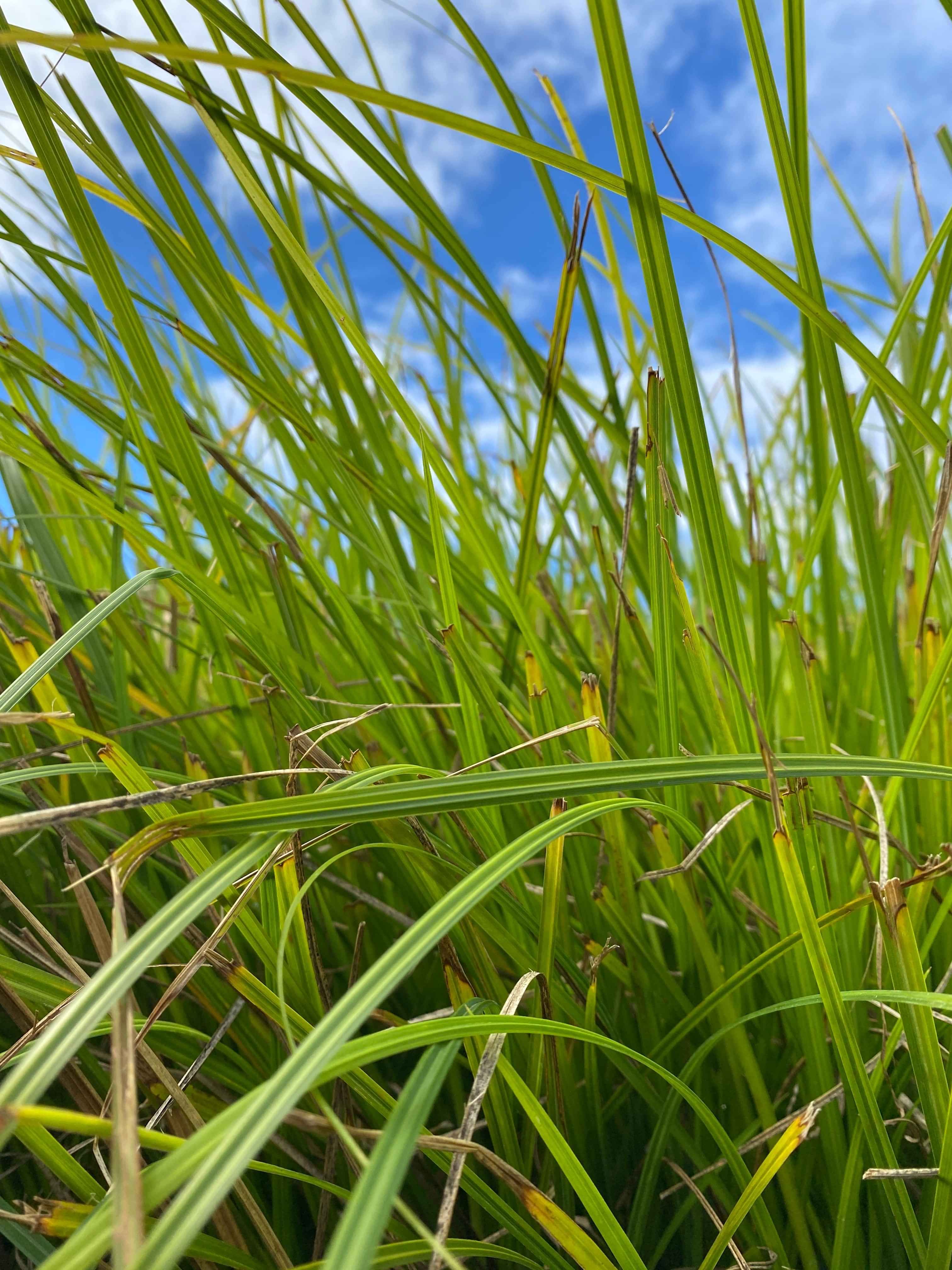

Rautahi
Carex germinata
Robust grass with spreading habit, it's creeping rhizomes make it great for stabilising stream banks and filtering sediment.
Height up to 1m
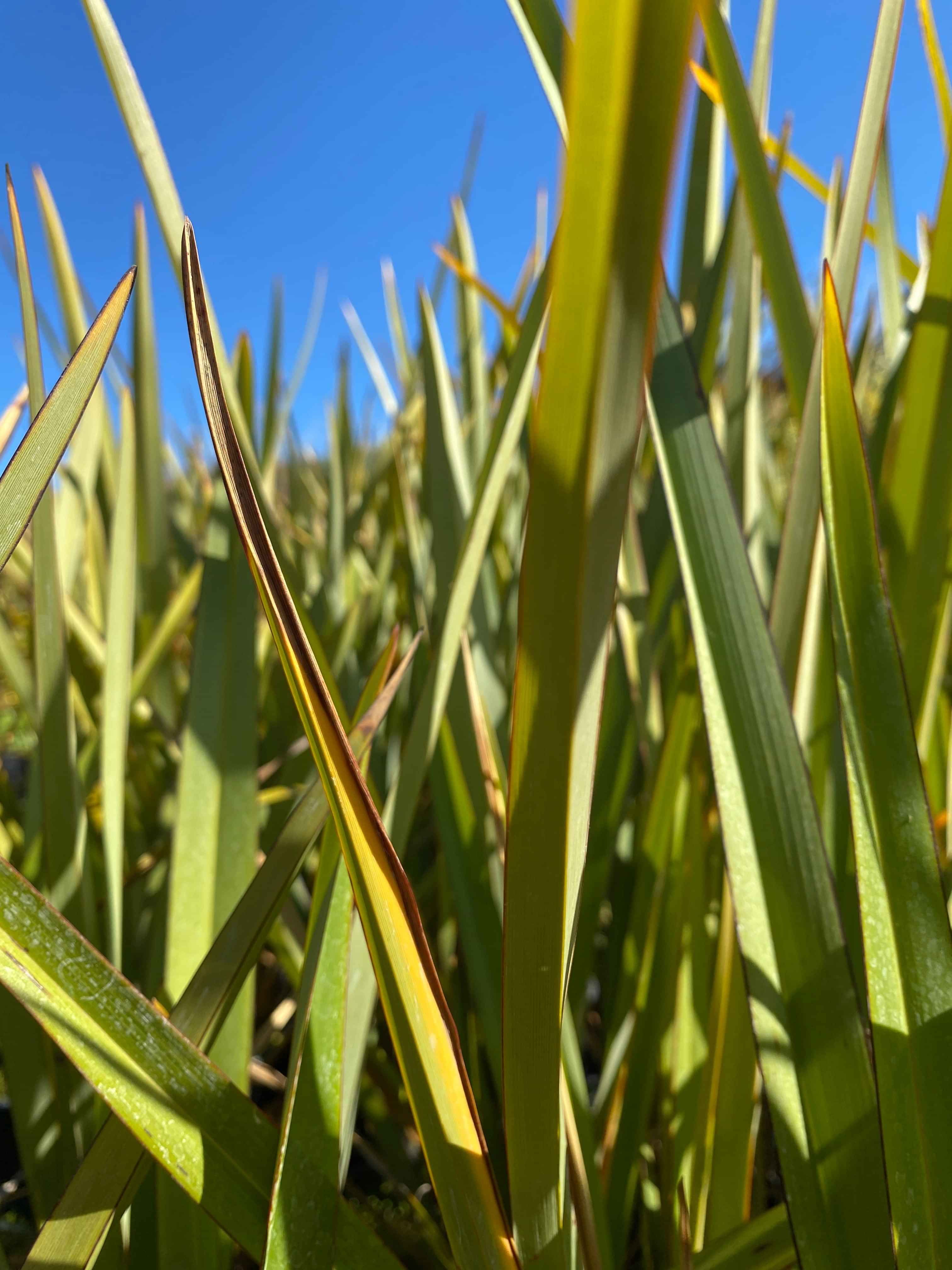

Harakeke
Phormium Tenax
Used widely for riparian and wetland. Great for erosion control and shelter. Grows best in wet sites but is adaptable. Tui feed on the nectar.
Height up to 3m
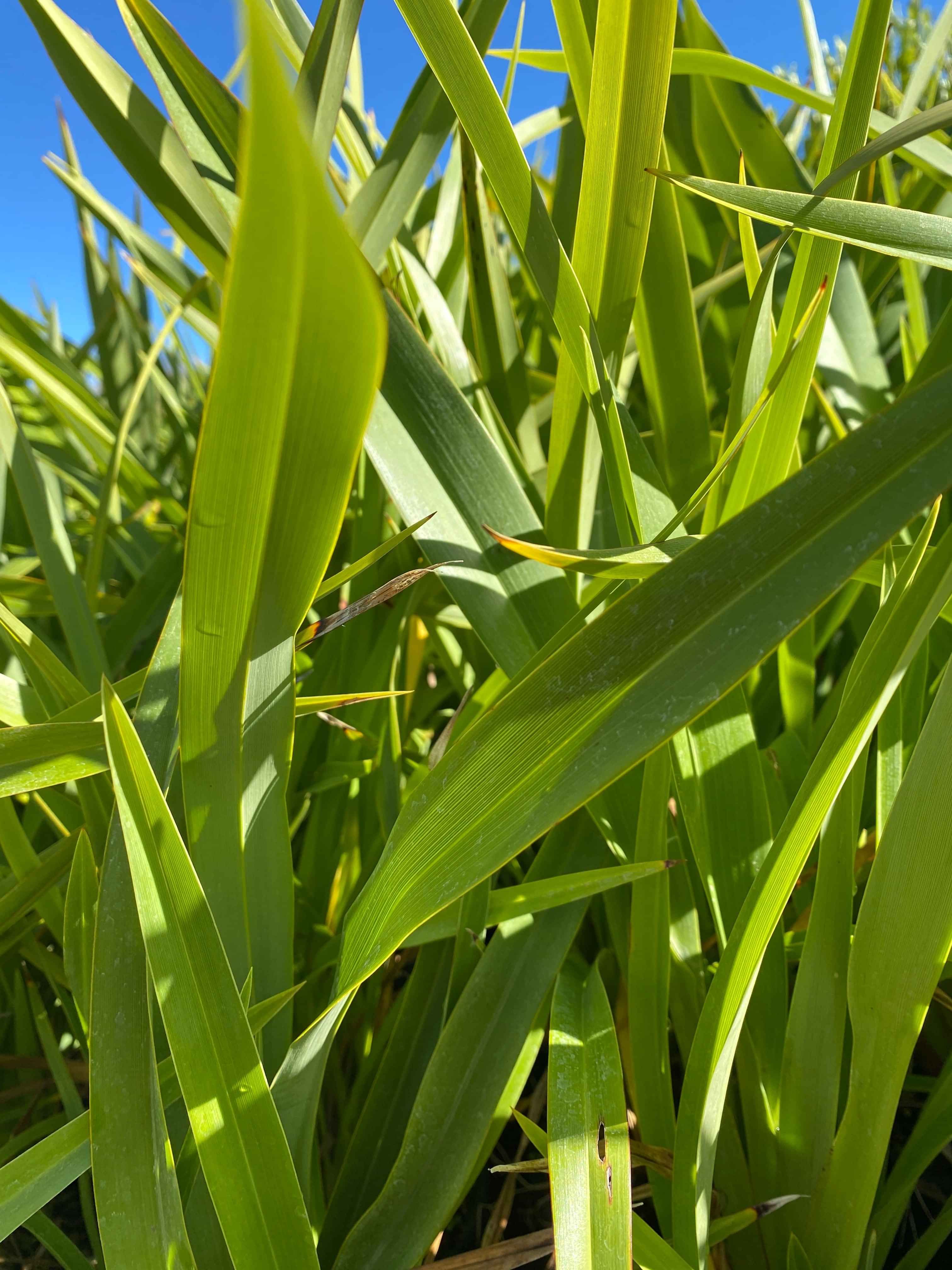

Wharariki
Phormium cookianum
This flax is smaller than Tenax, naturally growing on coastal cliffs and hills. Hardy and adaptable to a variety of conditions.
Height up to 2m
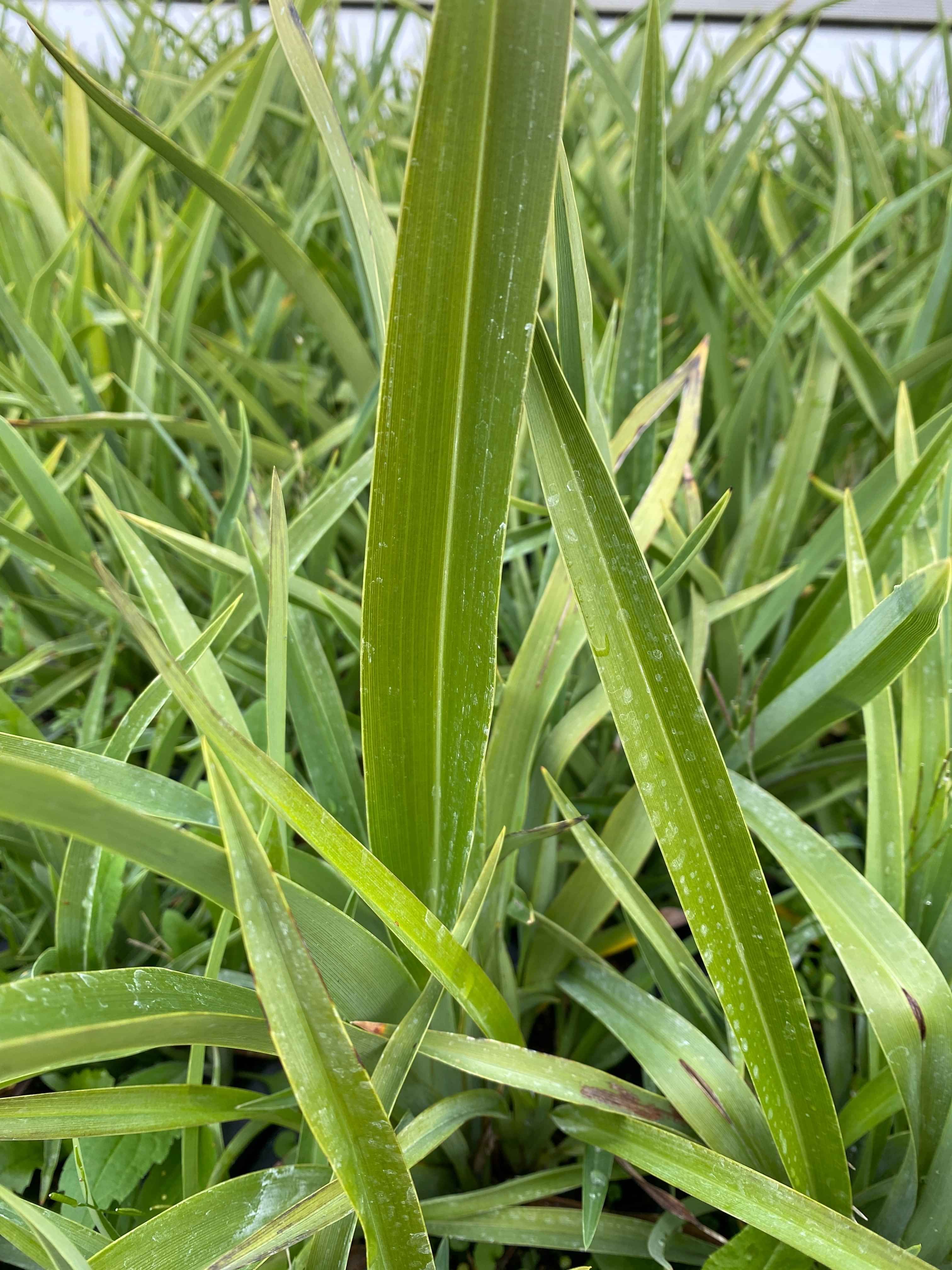

Emerald Gem
Phormium emerald gem
Dwarf mountain flax. Smaller than P. cookianum, ideal in the home garden and for group plantings.
Height 80cm
Shrubs
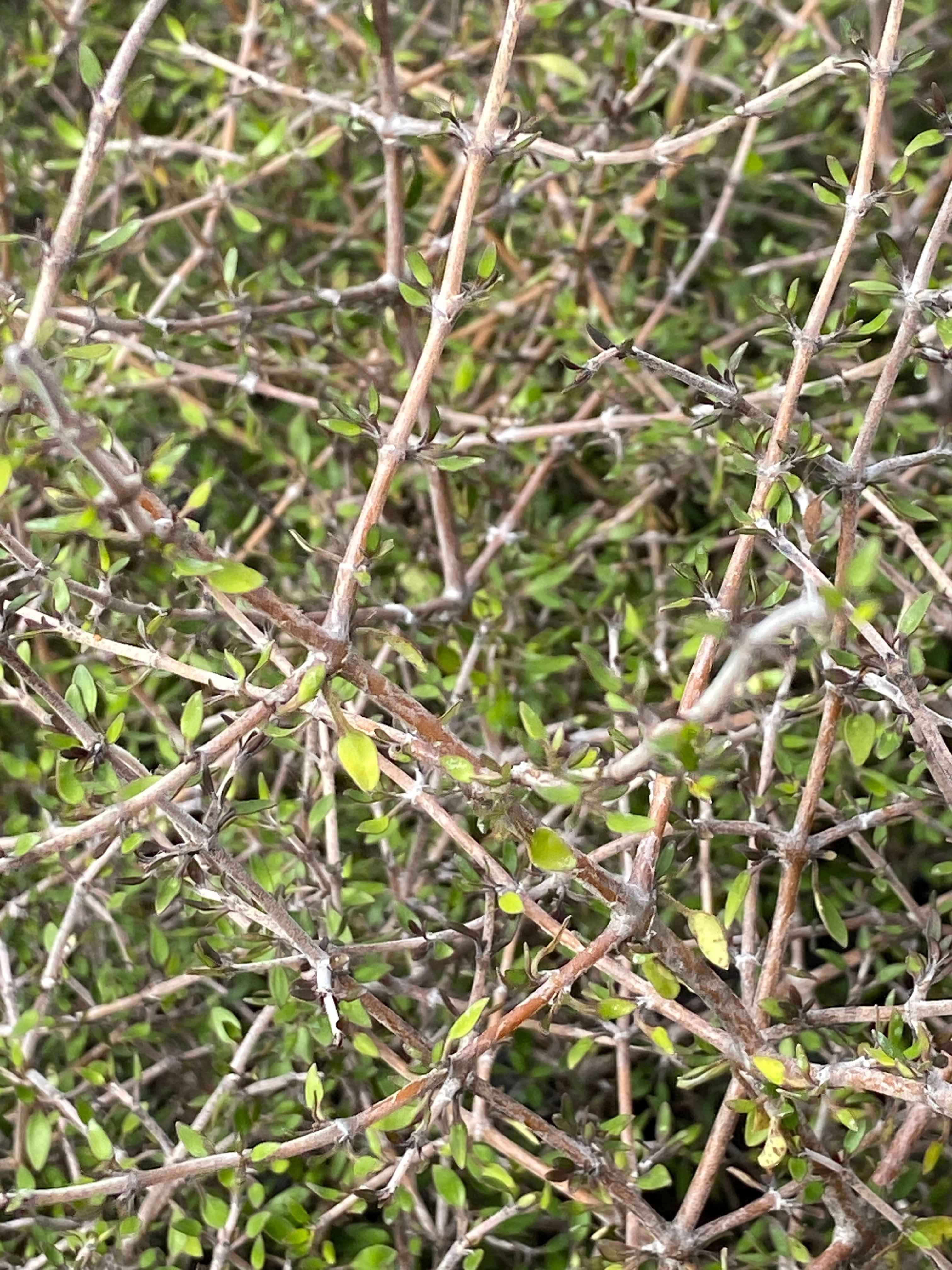

Mingimingi
Coprosma propinqua
Large shrub, used frequently in riparian planting. Has berries that are an important food source for our native birds, it also attracts our native lizards with its divaricating form providing shelter and berries for food. Great for low shelter in a mixed planting.
Height up to 6m
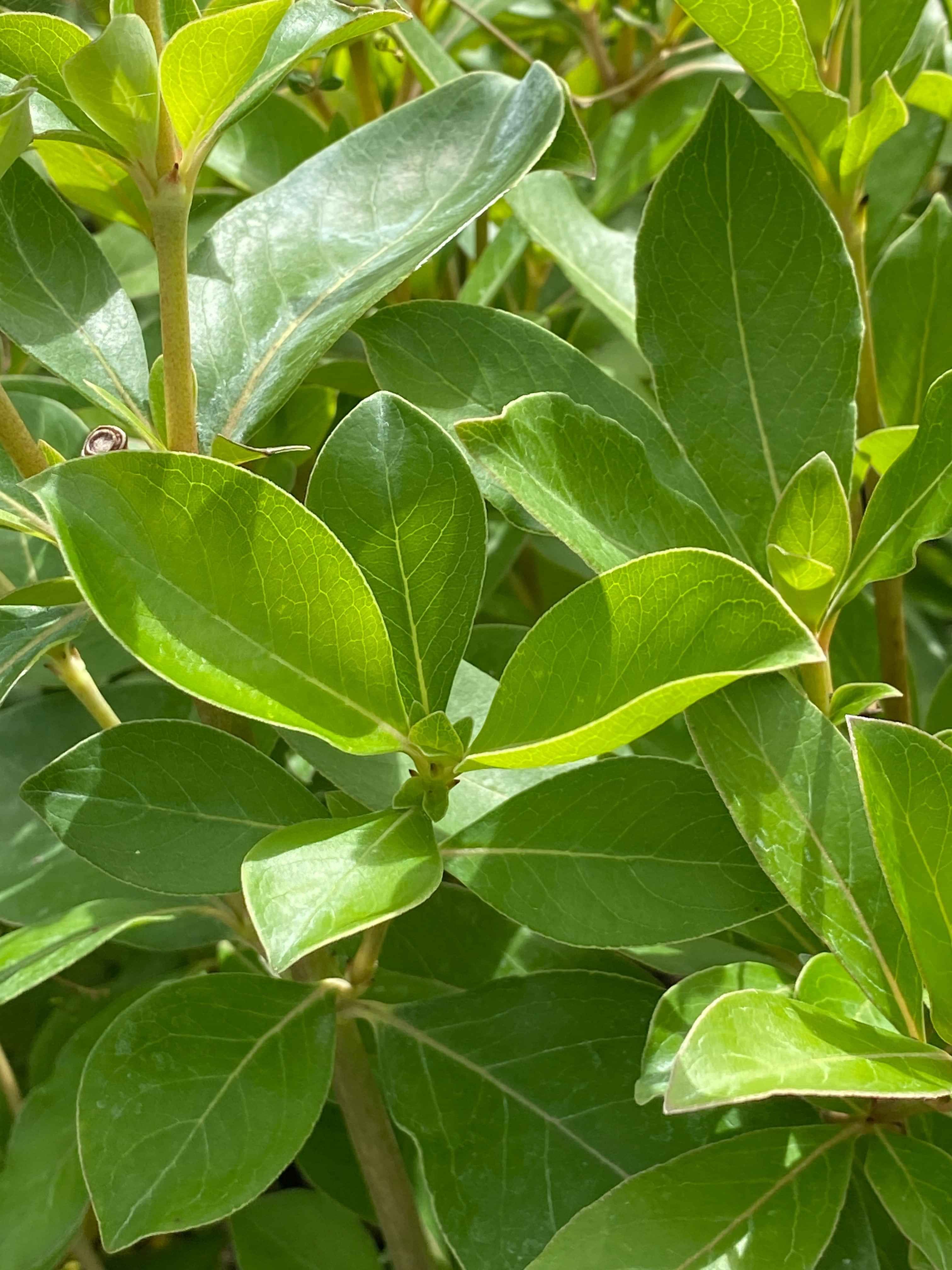

Karamu
Coprosma robusta
Bushy shrub that can tolerate a range of conditions and grows quickly to establish shelter. Ideal for riparian planting as well as being used widely as a pioneer/nurse species. Fruits prolifically attracting birds.
Height up to 5m
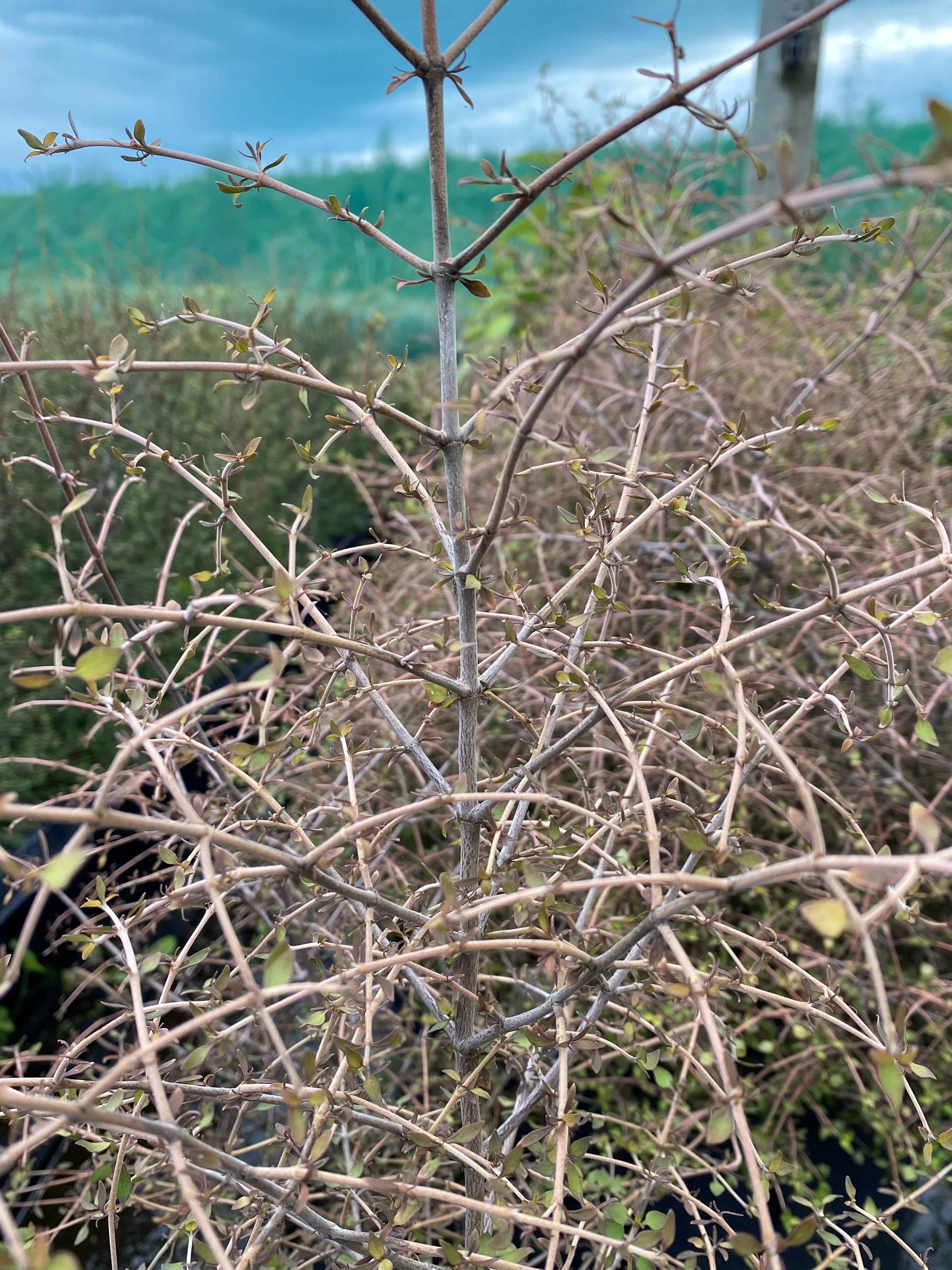

Mikimiki
Coprosma virescens
A fast growing shrub, with an attractive upright divericating form. Tolerant of a variety of conditions, the fruit is an important food source for birds. Useful for landscaping.
Height up to 4m


Koromiko
Hebe stricta
Fast growing shrub, used widely in riparian and revegetation plantings. Tolerant of a range of conditions. Great in the garden, with its attractive flower, which bees love.
Height up to 2m
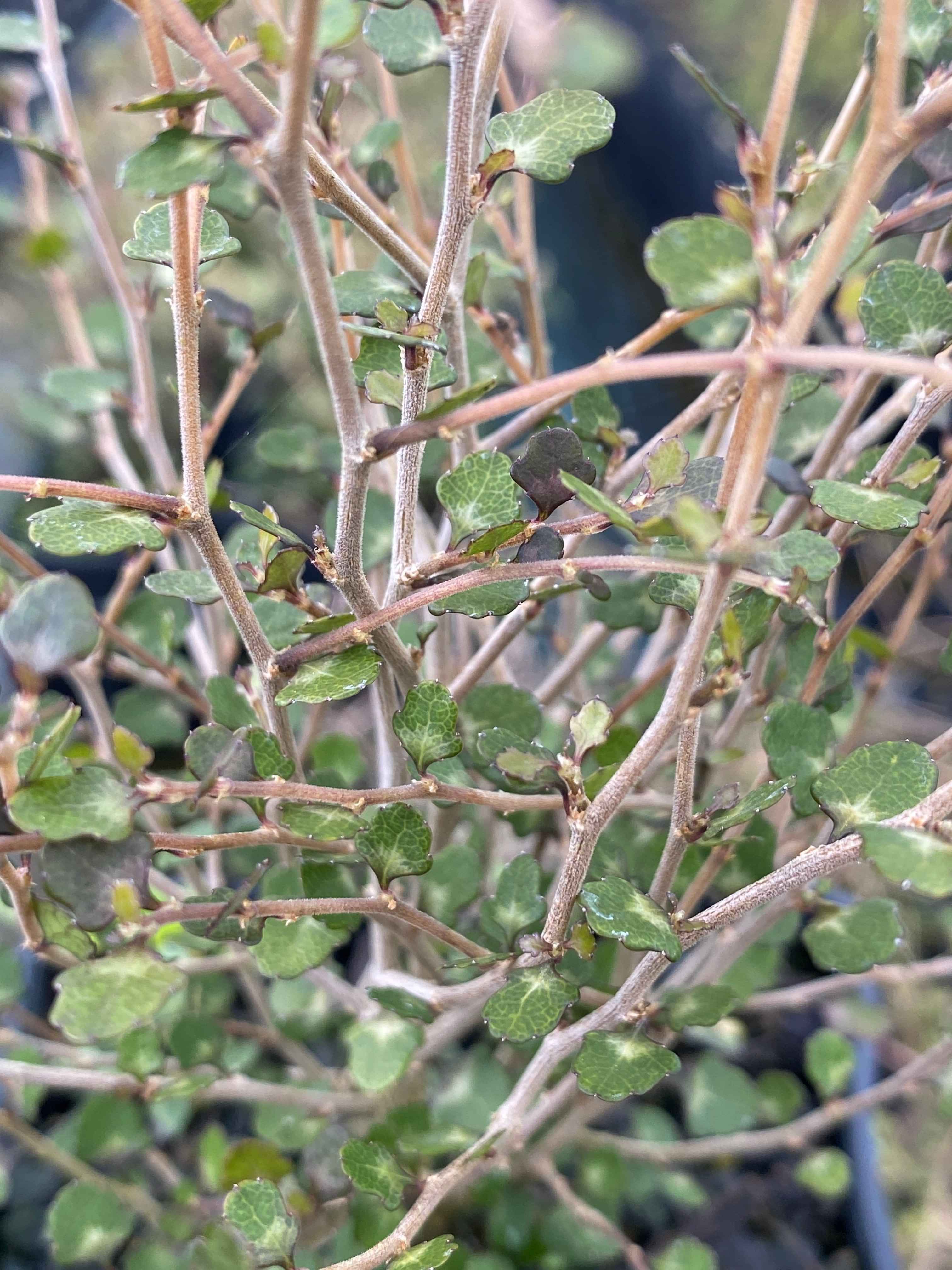

Swamp Mahoe
Melicytus micranthus
A small shrub with interlacing branches. Common in lowland forests. Has white flowers and purple fruit attractive to birds and insects. Useful for enriching regenerative plantings.
Height up to 2m
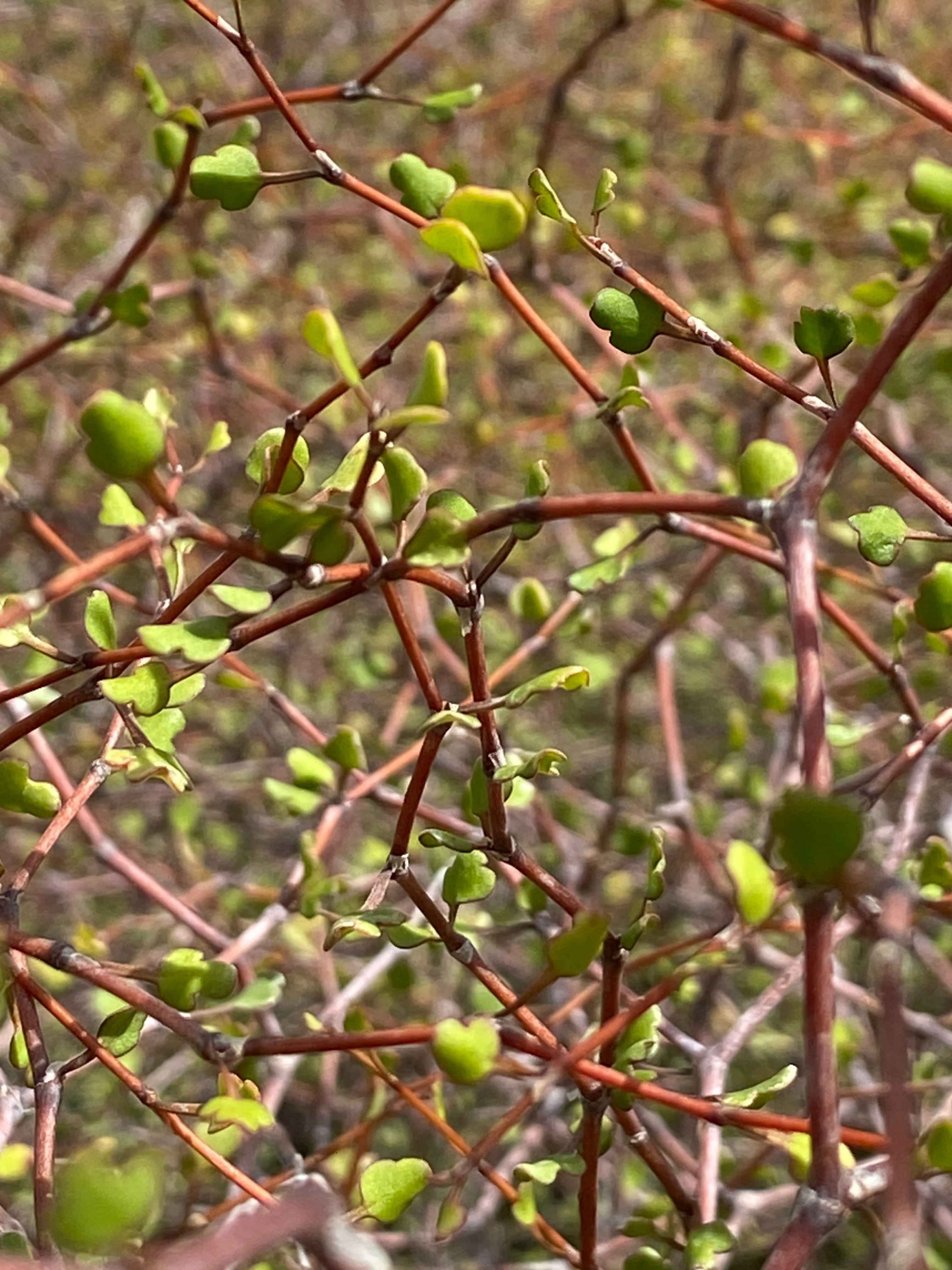

Shrubby Tororaro
Muehlenbeckia astonii
A great landscaping plant, bringing texture and interest, can be trimmed to shape. Its fruit are edible, attracting native birds and lizard. This species is also great in floral decorating.
Grows up to 2.5m tall but is often kept at around 1m with an annual trimming.
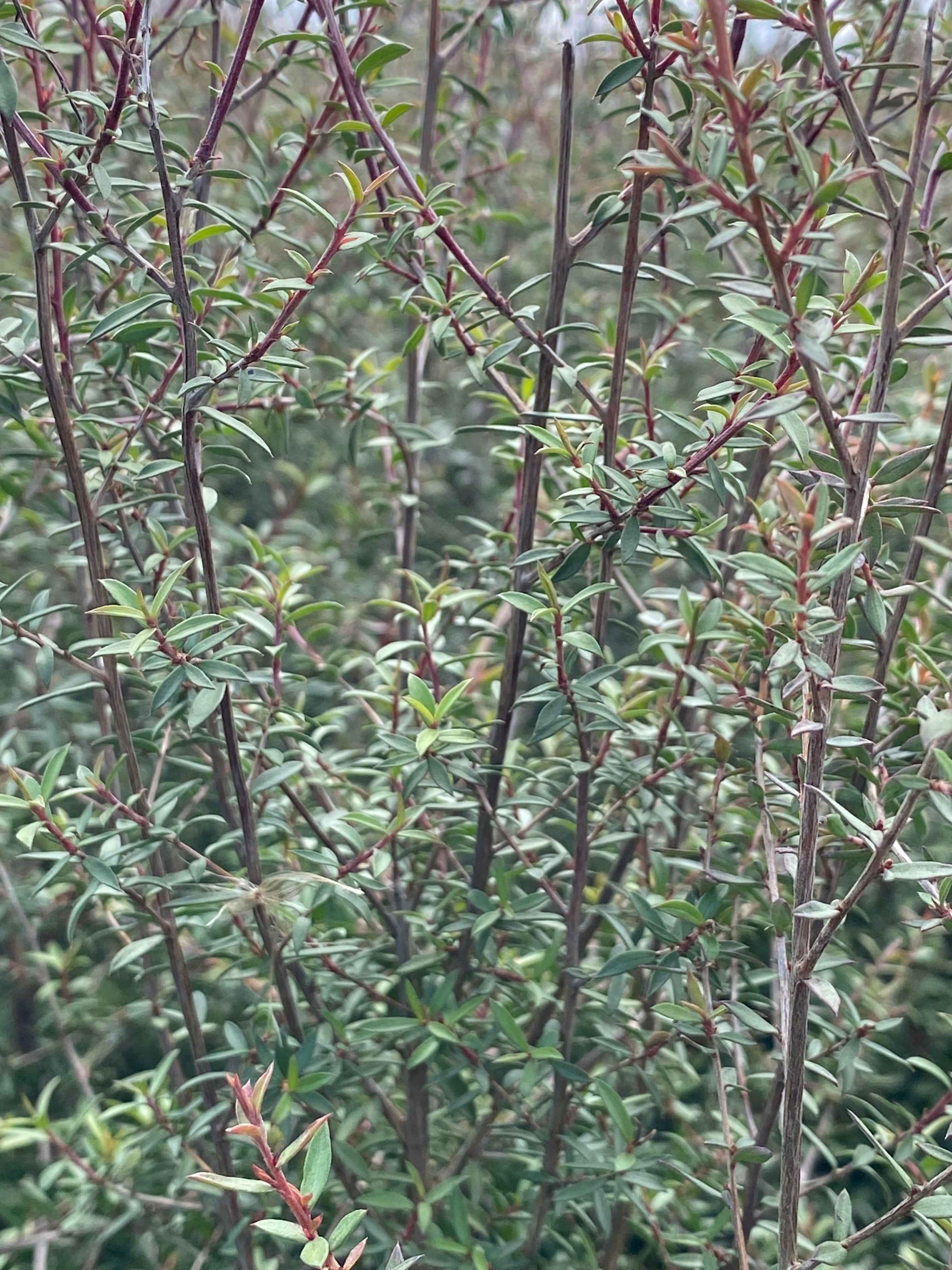

Manuka
Leptospermum scoparium
Fast growing shrub or small tree, with scented leaves and white flowers very attractive to bees. Used widely as a nurse crop. Will adapt to a variety of conditions but thrives in moist sites.
Height up to 5m
Trees


Titoki
Alectryon excelsus
Commonly found in lowland forest, Titoki is a great tree to enrich existing plantings, also great as a specimen tree. Its berries are edible and very popular with our native birds, particularly Kereru who can regularly be found feasting when they are ripe!
A medium size tree commonly growing to around 10m, although they have been recorded growing as tall as 17m
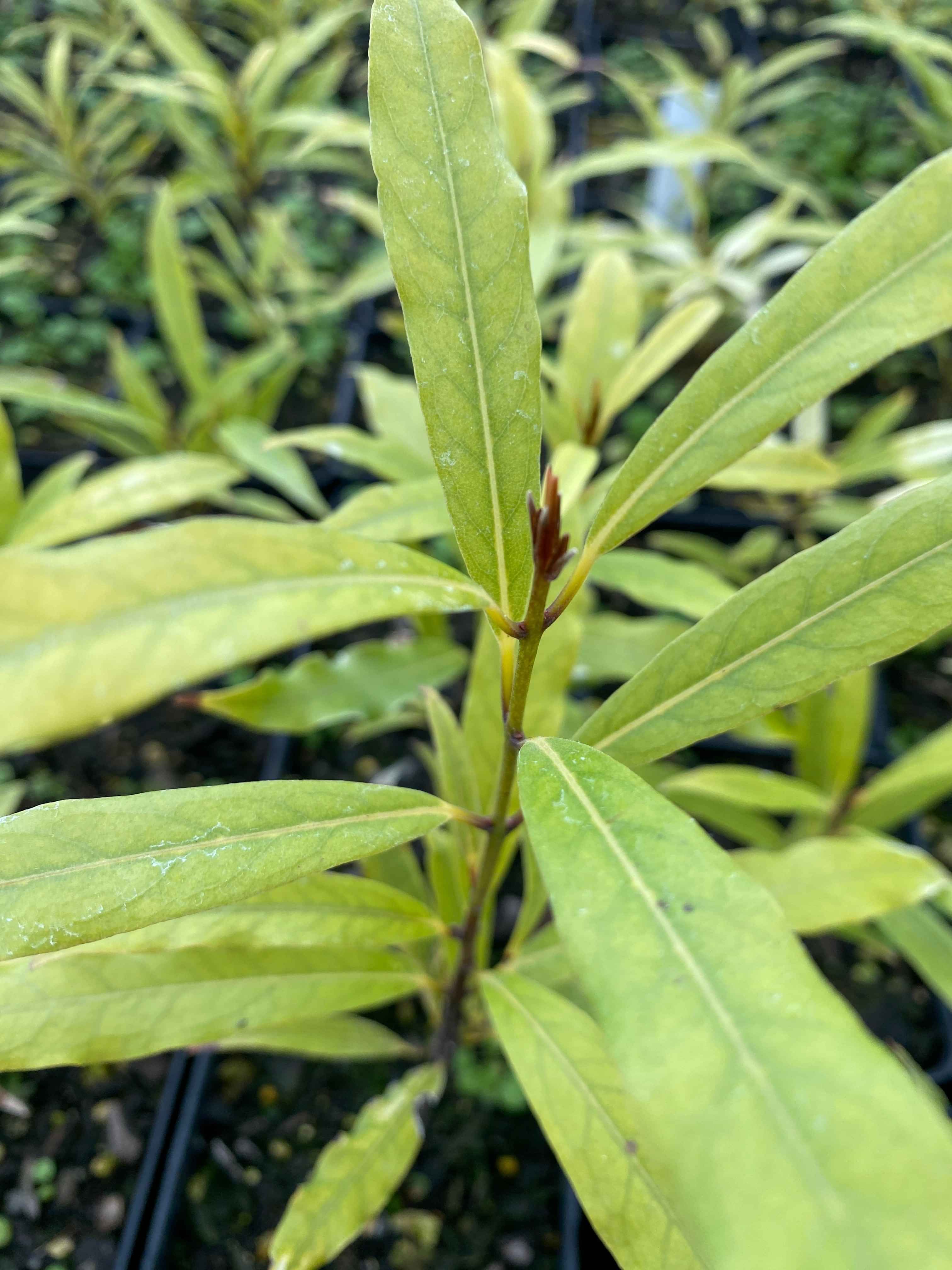

Tawa
Beilschmiedia tawa
A large canopy tree, dominant in the lowland forests of the North Island. An important tree for biodiversity, often supporting epiphyte in their canopies, which are home to the striped skink. The Kereru & Kokako eat the large fruit.
Height up to 35m


Shining Karamu
Coprosma Lucida
A small tree or shrub if kept pruned, great for low shelter or hedging, also useful as a pioneer species in mixed plantings. It’s fruit attracts native birds.
Height up to 6m.
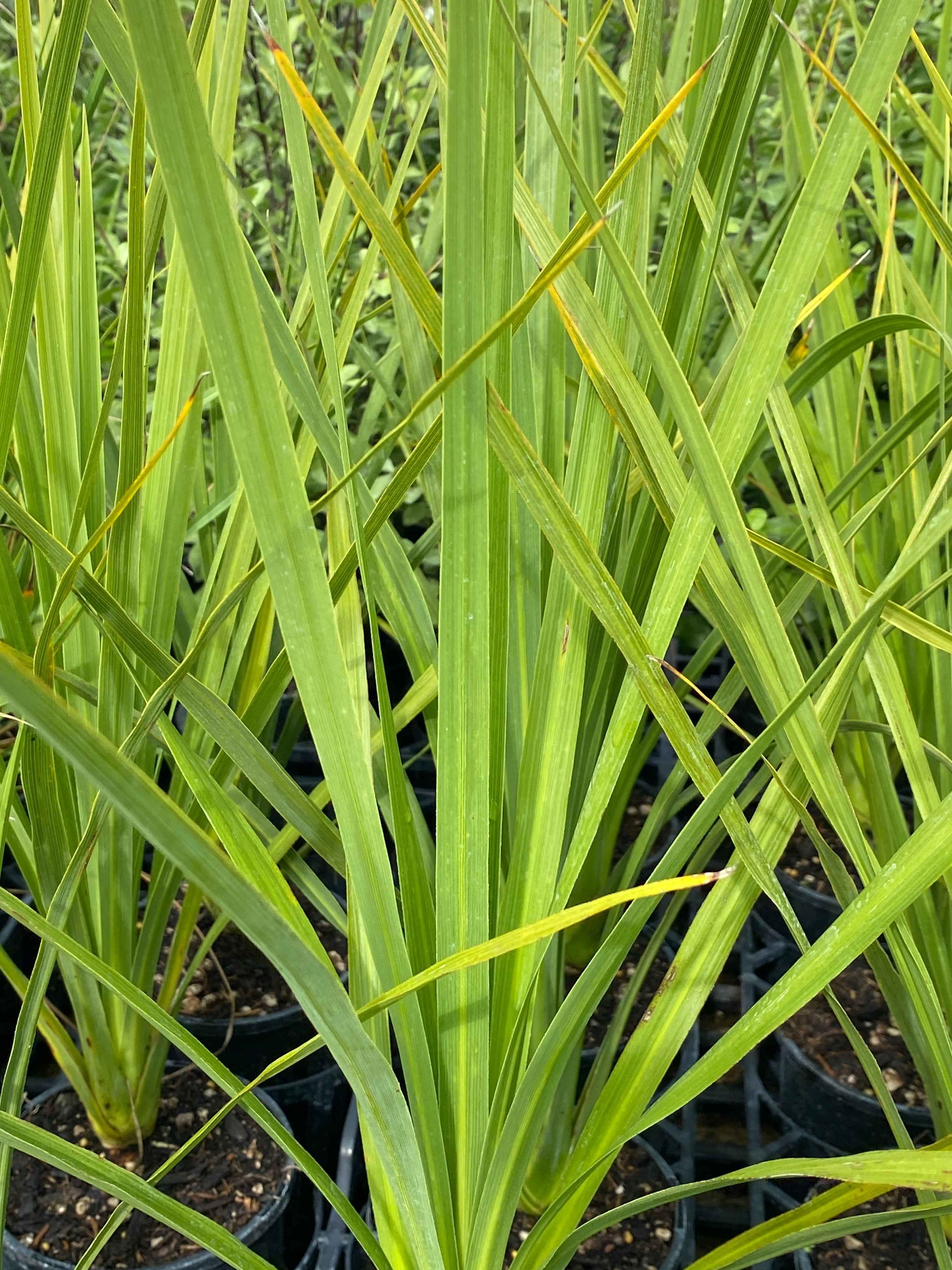

Cabbage Tree
Cordyline australis
This iconic native tree can thrive in a range of conditions, looks great as a landscape plant as well as being an essential part of mixed native plantings. Flowers profusely attracting bees & other pollinators, the fruit are feed for our native birds.
Height up to 12m
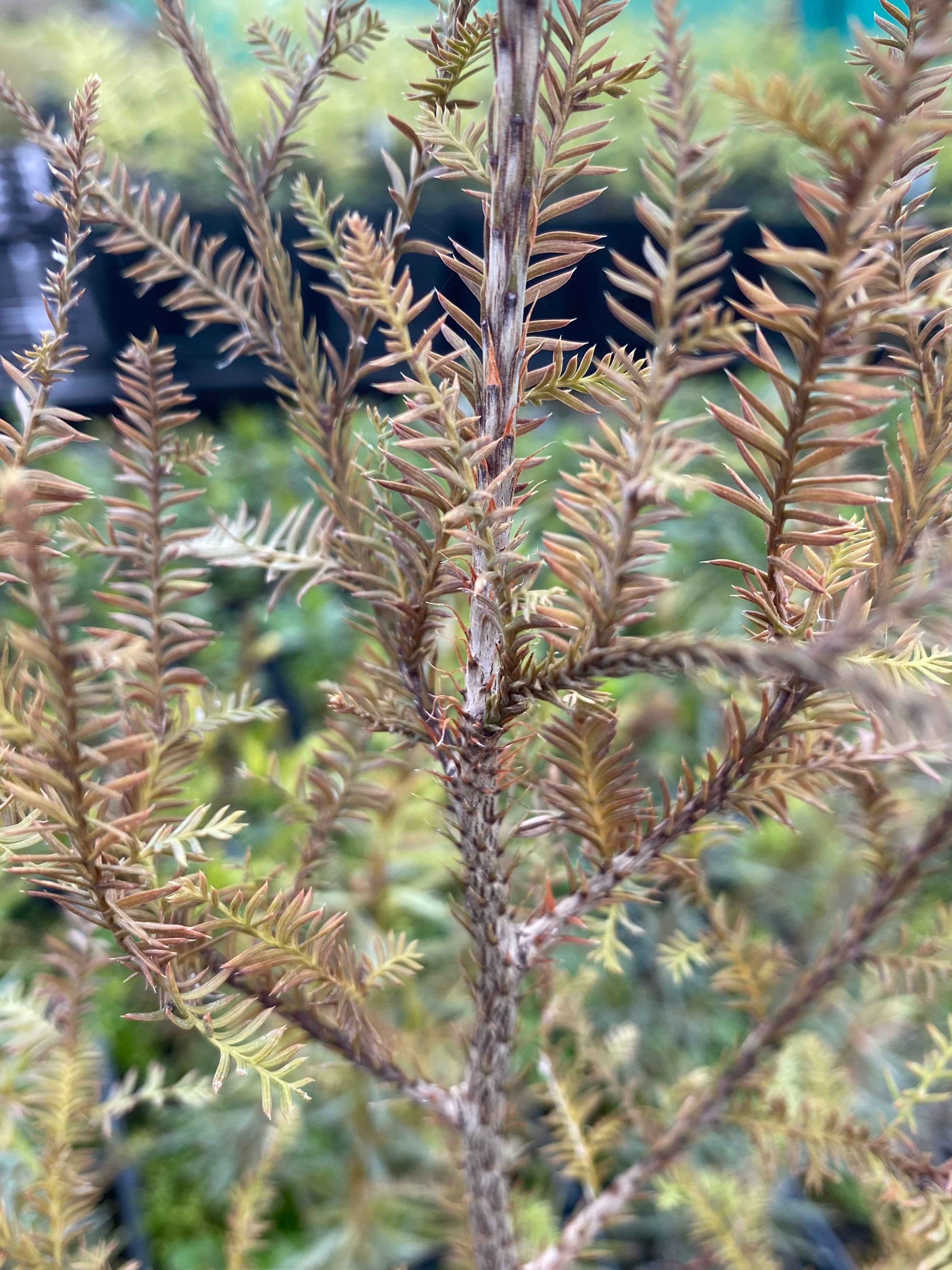

Kahikatea
Dacrycarpus dacrydioides
The tallest of our Natives, this majestic tree would have once inhabited much of the wetlands and flood plains through our region. The fruit are edible and loved by native birds. They are also nice on a salad for a pop of colour and sweetness! The tall straight trunks make it a great timber tree. Great addition to established riparian plantings.
Height up to 50m


Green Akeake
Dodonaie viscosa
Fast growing small tree, great in a mixed native planting, quickly creating a canopy. Prefers well-drained soils.
Height up to10m


Purple Akeake
Dodonaie viscosa purpurea
Fast growing small tree, great in a mixed native planting, quickly creating a canopy. Prefers well-drained soils.
Height up to10m
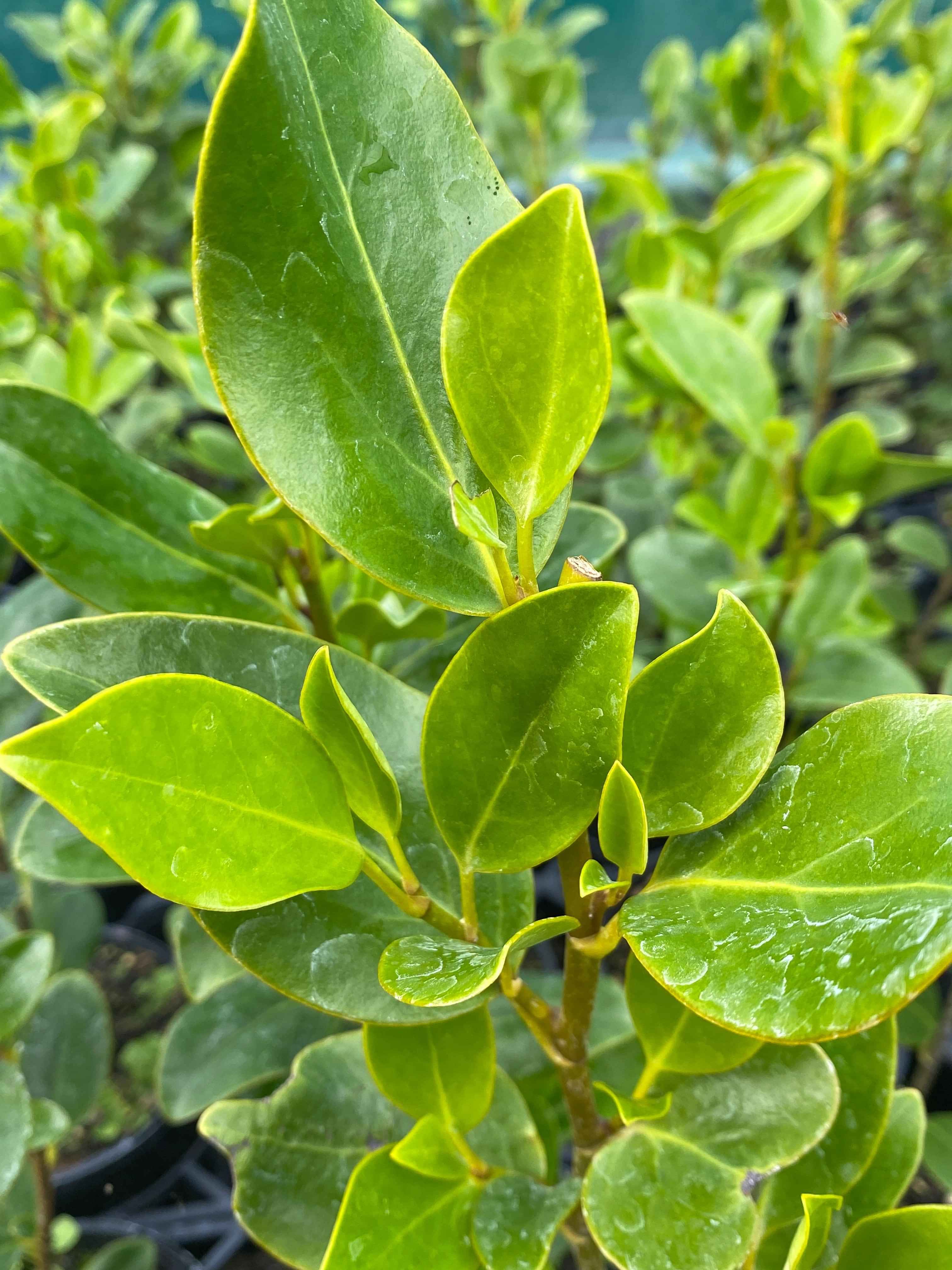

Kapuka
Griselinia littoralis
Great for hedging, has large glossy leaves and a dense growth habit making it ideal for clipping. Also good in mixed native plantings. The flowers attract our nectar loving native birds such as the Bellbird, Tui & Silvereye.
Height up to 10m
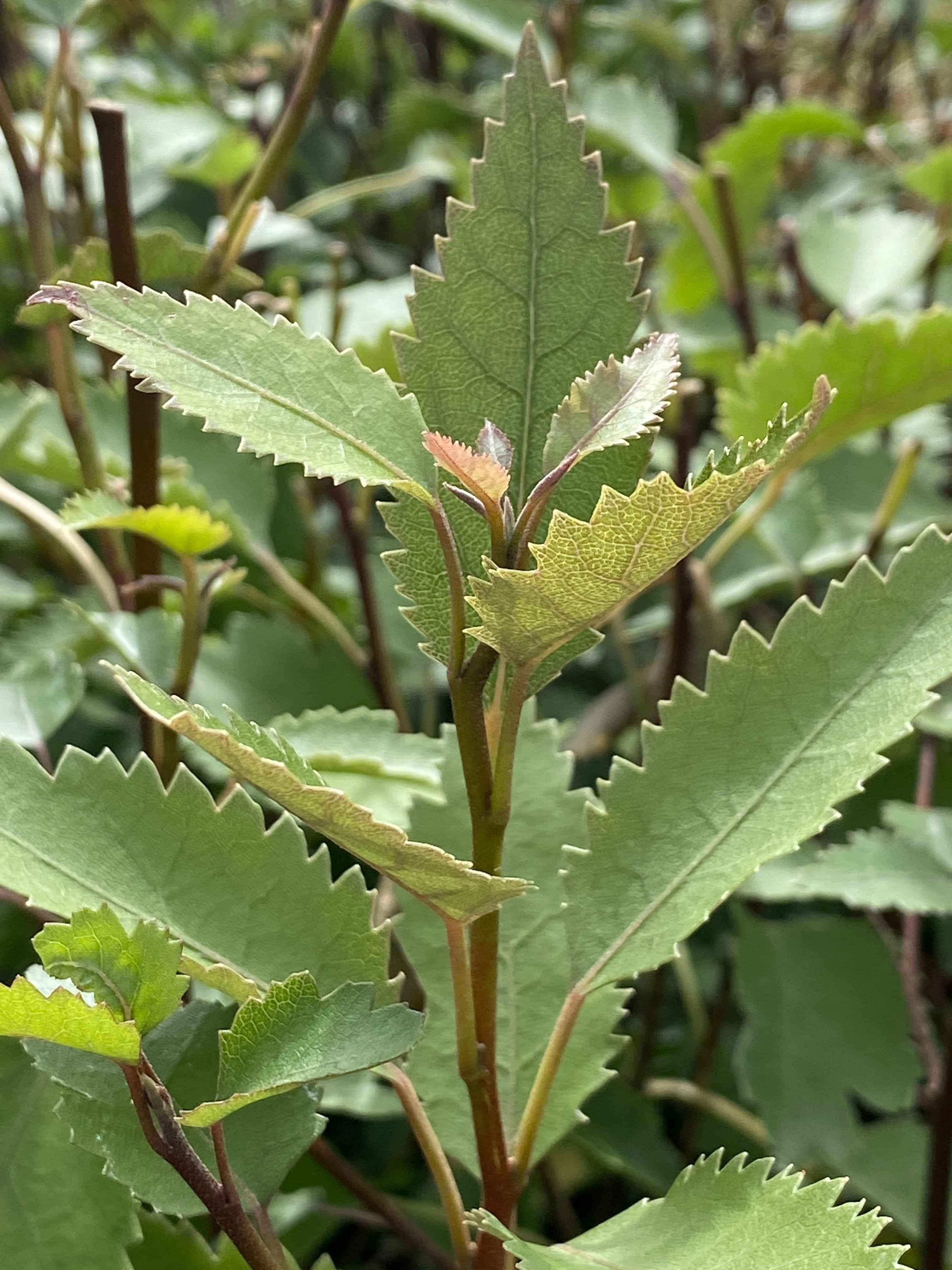

Houhere
Hoheria sextylosa
Also known as lacebark. an attractive small to medium tree, with white flowers in autumn. Ideal for riparian and other regenerative plantings. A nice specimen tree for the garden. Bellbirds feed on the nectar in the flowers.
Height up to 8m
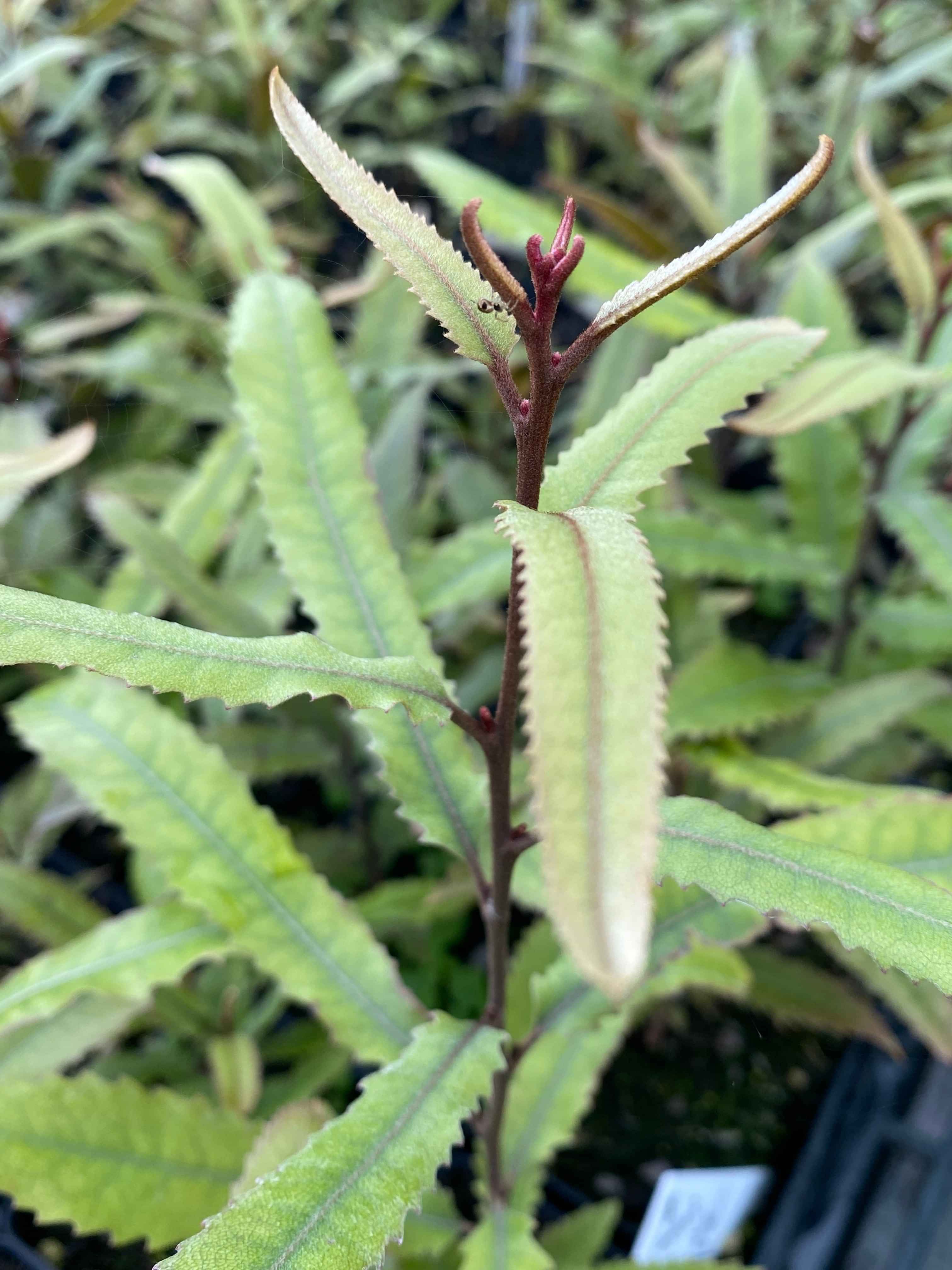

Rewarewa
Knightia exelsa
Also known as honeysuckle this is a distinctive tree being one of only two of the Protea family in New Zealand. The flowers produce nectar loved by the Tui and Bellbird. Can tolerate poor soils. Is able to be planted in with other pioneer species when retiring land or regenerating forest.
Height up to 30m
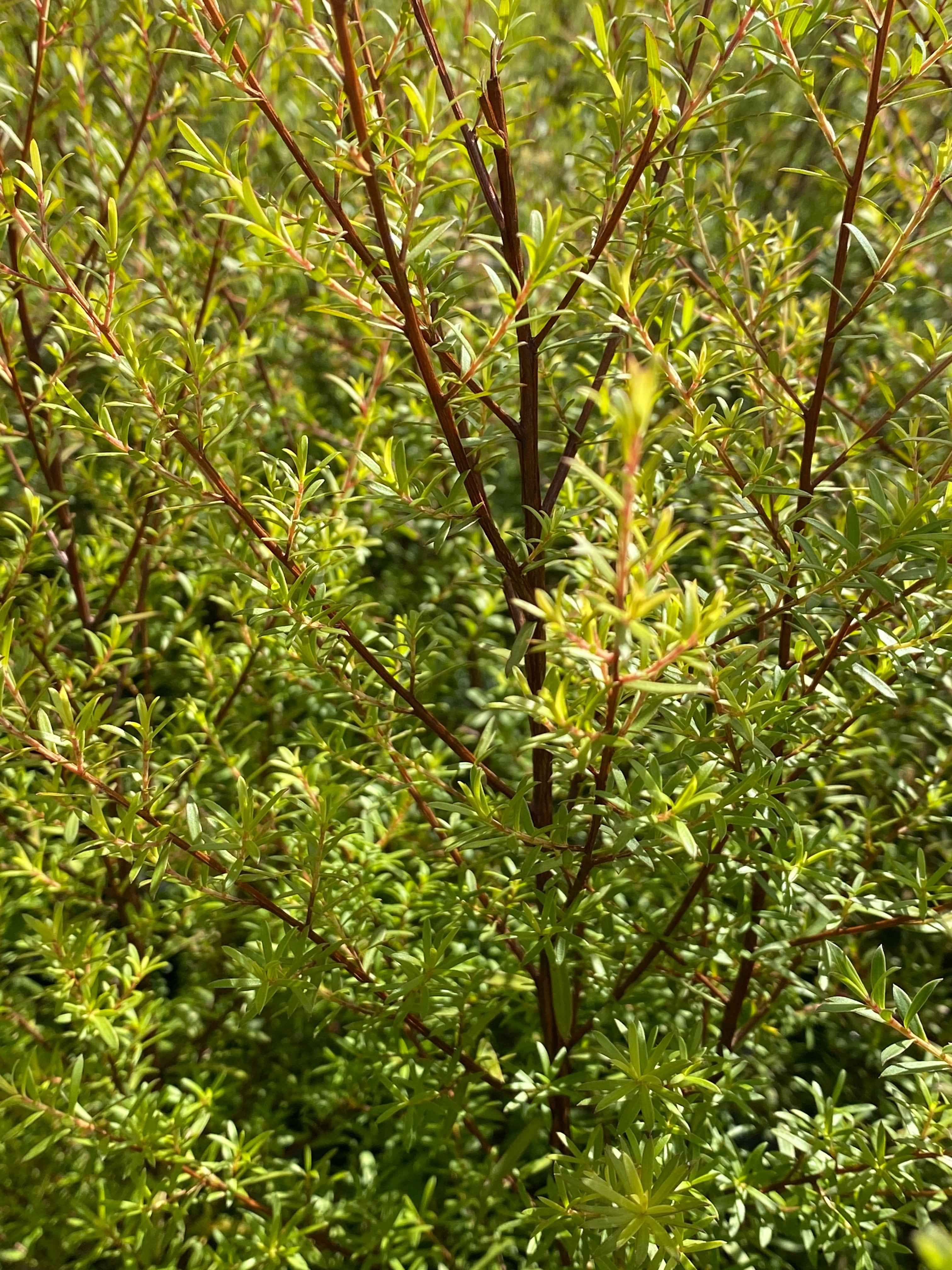

Kanuka
Kunzea robusta
Also known as Tea-Tree, Kanuka is a fantastic pioneer species when regenerating bush. It is often used as a nurse crop as it grows quickly to create protection for other species that need it. Kanuka tolerates poor soils but doesn't like to have wet feet consistently. Good choice for shelter, firewood & can be hedged.
Can range from a shrub though to a tree 15 - 25m tall in favorable conditions.


Whiteywood
Melicytus ramiflorus
Shrub or small tree found commonly in coastal, lowland and lower montane forests. Great for riparian planting and erosion control. Can initially be a little slower than some other natives but grows rapidly once established.
Height up to 15m
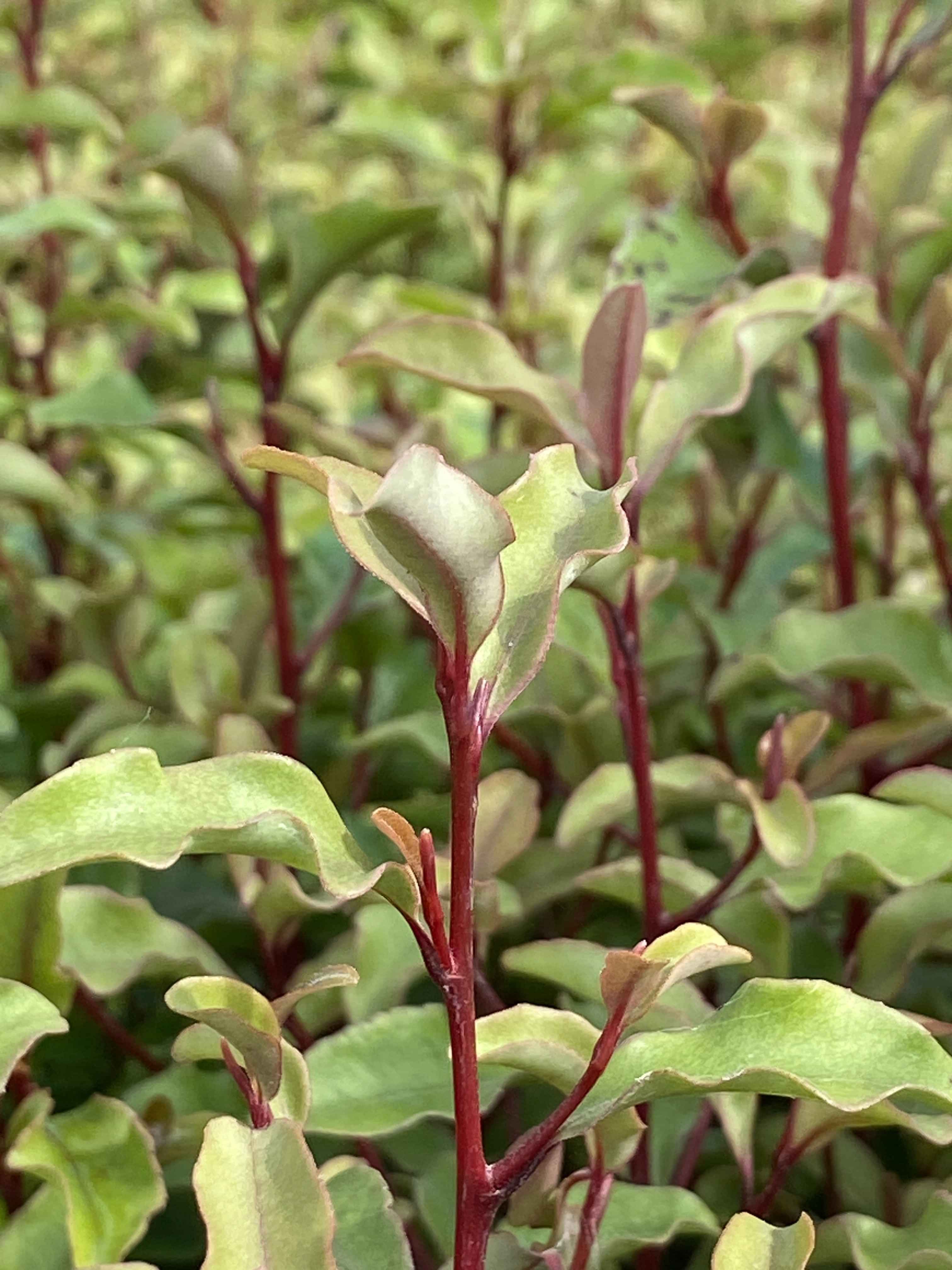

Red Mapou
Myrsine australis
A pretty shrub or small tree. Can be hedged for the home garden, a great edition to riparian and mixed native plantings. Bellbird and Tui are fond of the berries.
Height up to 6m
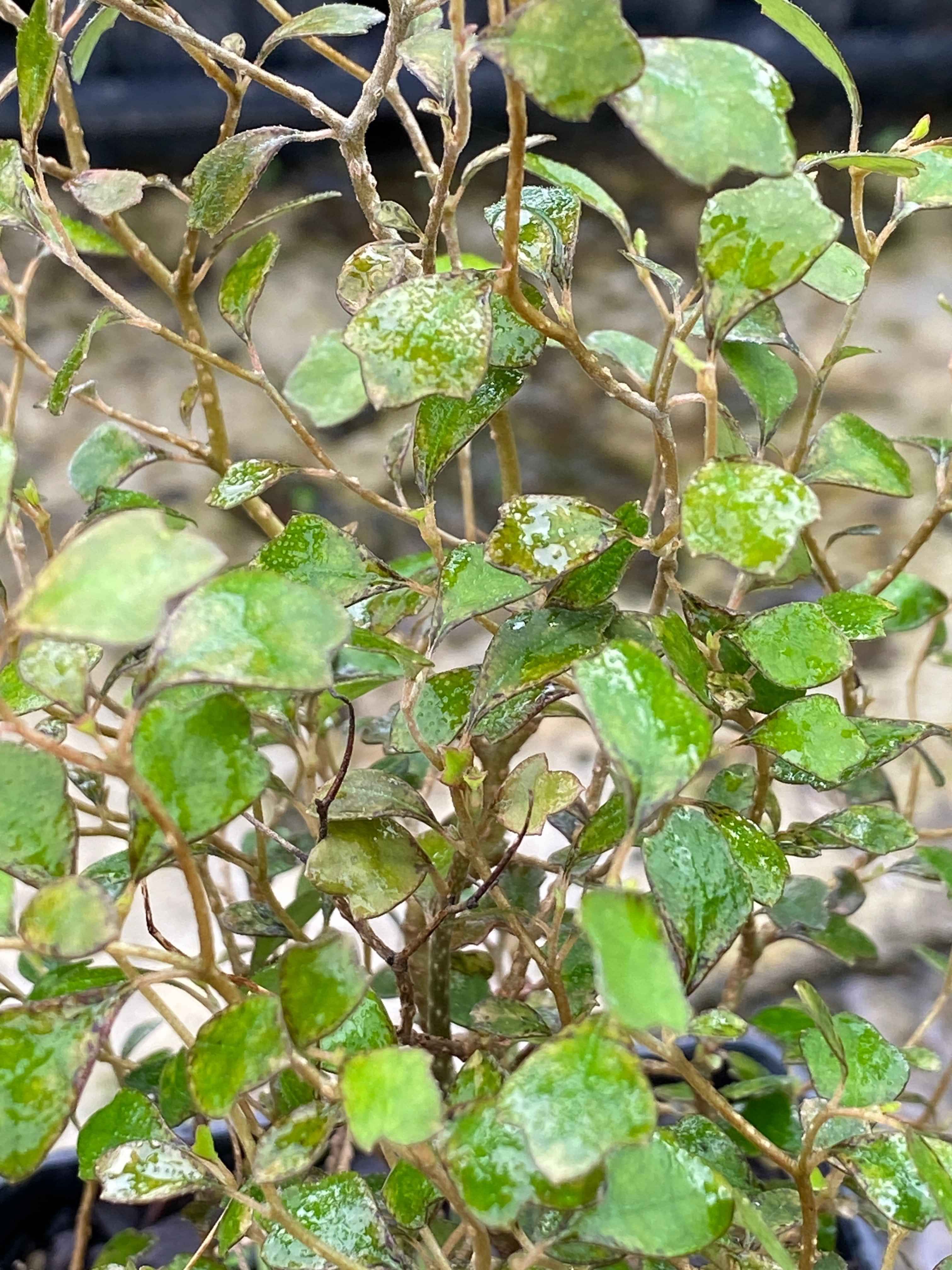

Kaikomako
Pennantia corymbosa
The Māori name of this small tree means food (kai) of the bellbird (komako), who eat the shiny black fruit. It is one of our divaricating species meaning it changes it form between its juvenile and mature stages. Ideal for enriching existing plantings.
Height up to 12m
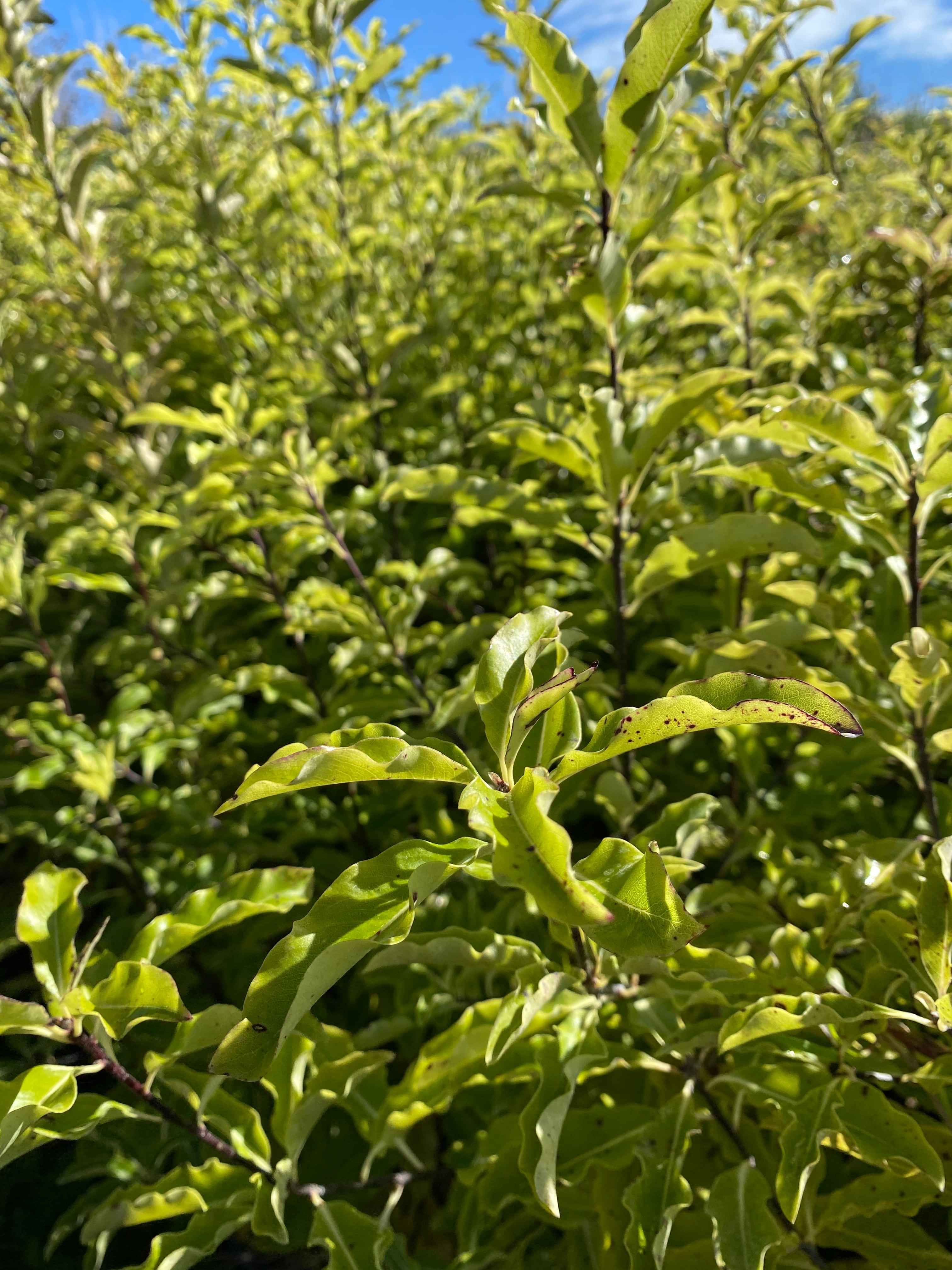

Tarata
Pittosporum eugenioides
A well known species great for hedging. Fast growing making it ideal as a pioneer species in native plantings. Can be kept trimmed as a shrub but will grow into a small tree if left to it's own devices.
Height up to 12m
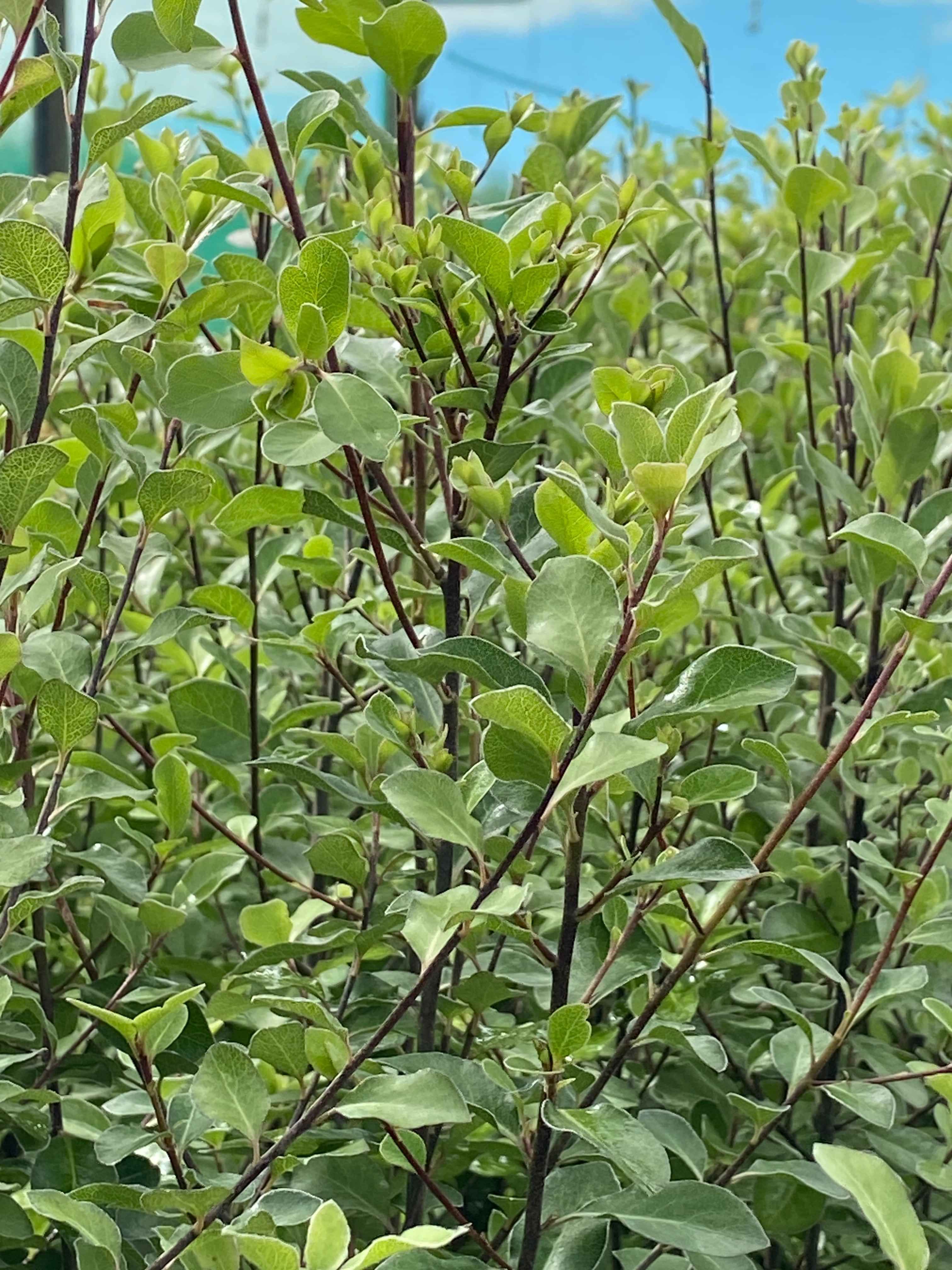

Kohuhu
Pittosporum tenufolium
Slightly smaller than the P. eugenioides, with an attractive leaf this species is also commonly used in riparian and mixed native plantings, makes a great hedge, can be kept as a shrub if clipped.
Height up to 10m
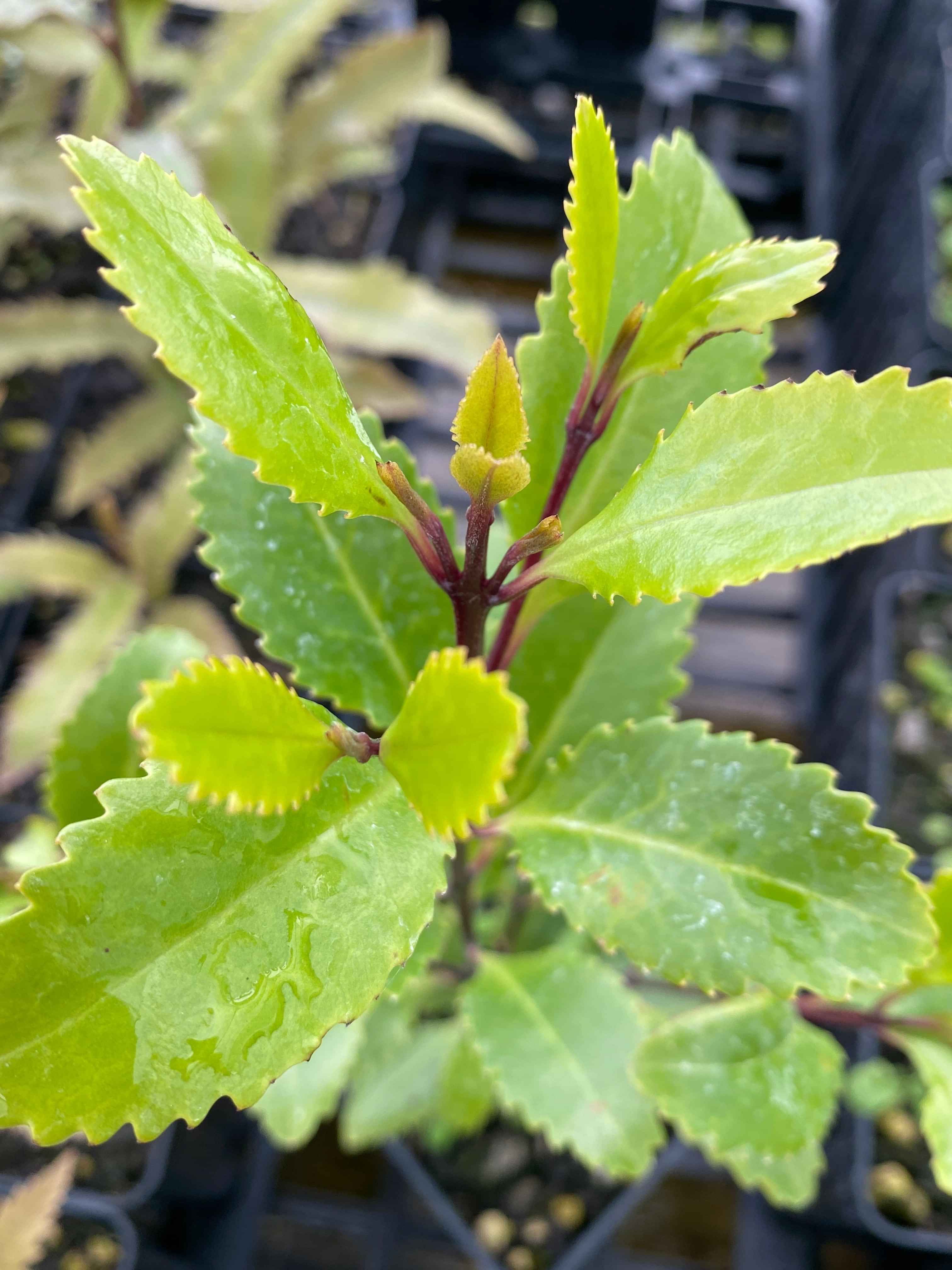

Pukatea
Laurelia novae-zelandiae
Easily identified by its buttress roots the Pukatea is found in lowland forests where there is plenty of moisture. Often in conjunction with Kahikatea, Tawa, Matai, Maire, Hinau & Miro. A great tree to enrich riparian plantings. It is naturally found growing right up to creek edges.
Height up to 35m
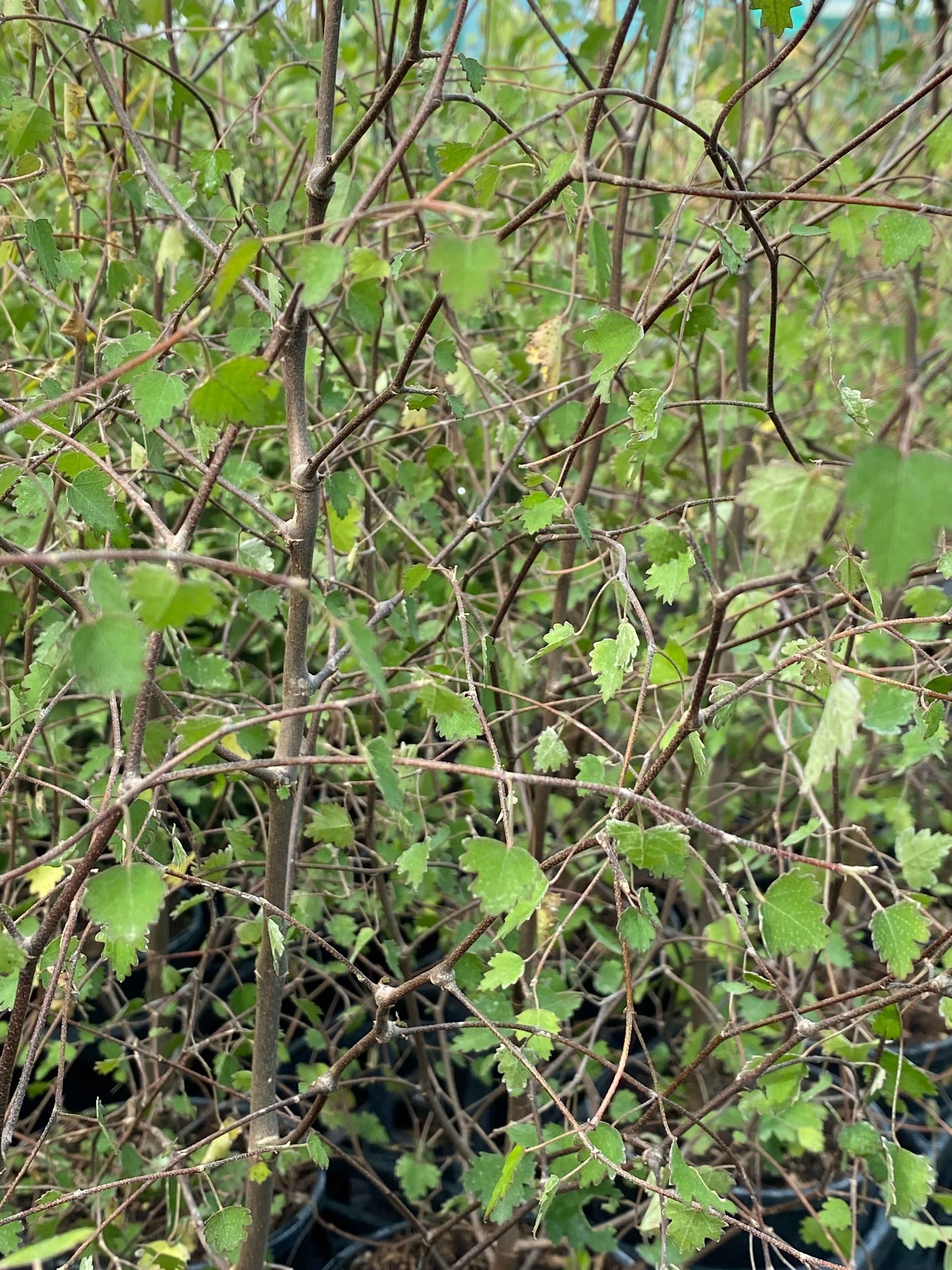

Ribbonwood
Plagianthus regius
One of only a few native NZ trees that are deciduous. The juvenile form is distinct with its interlacing branchlets and slender upright growth. Great for riparian & mixed planting, and attractive as a specimen tree.
Height up to 15m


Totara
Podocarpus totara
A hardy tree that can tolerate a range of conditions. Can be planted with pioneer species when retiring land. Will grow faster and straighter if it has some shelter initially. Great for timber, firewood, shelterbelts and hedging. Fruit loved by our native birds.
Height up to 30m
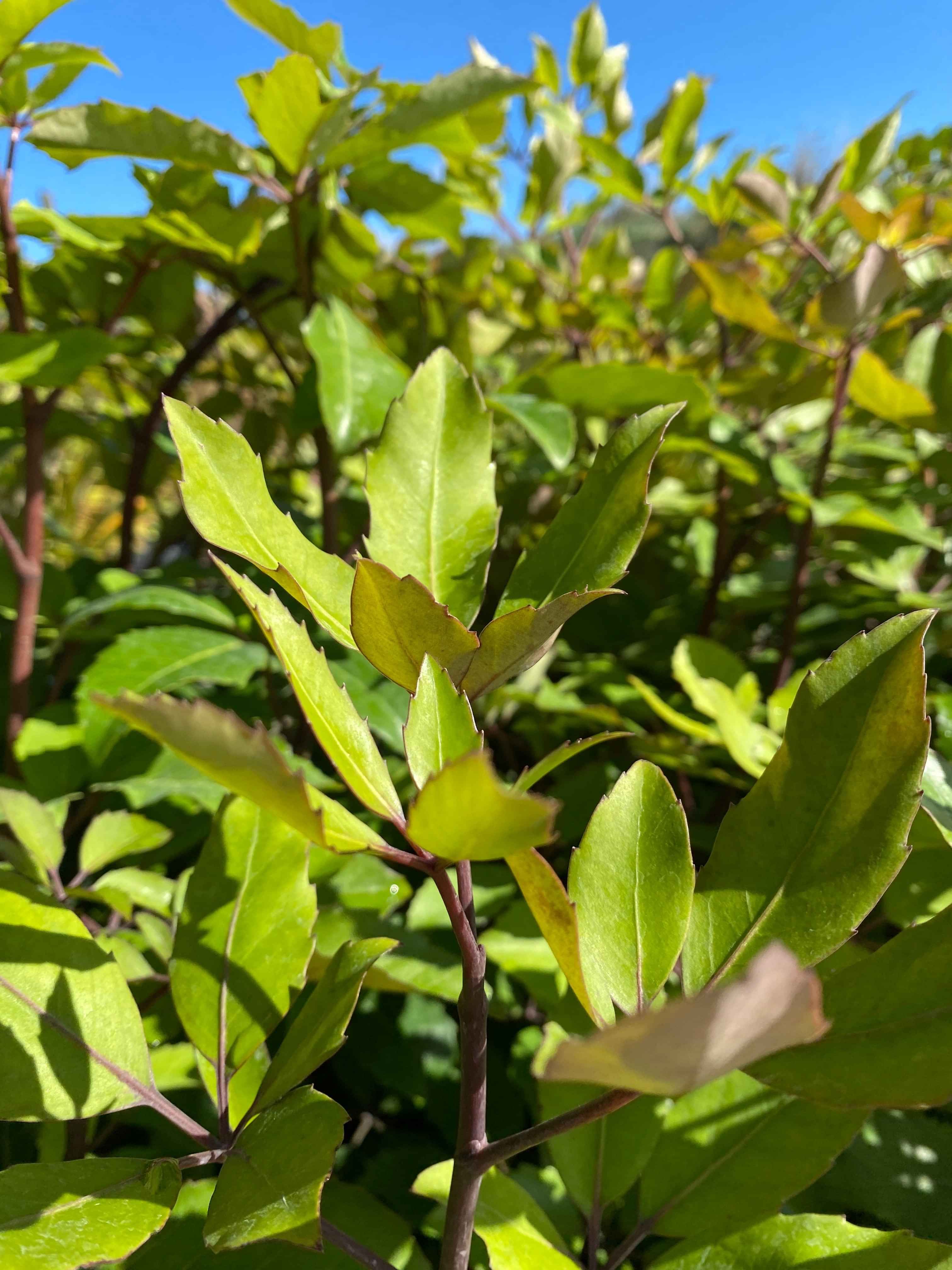

Puahou
Pseudopanax aboreus
An attractive hardy tree with its large glossy leaves. A great edition to riparian and mixed native plantings. Also a nice specimen tree, can be trimmed.
Height up to 8m
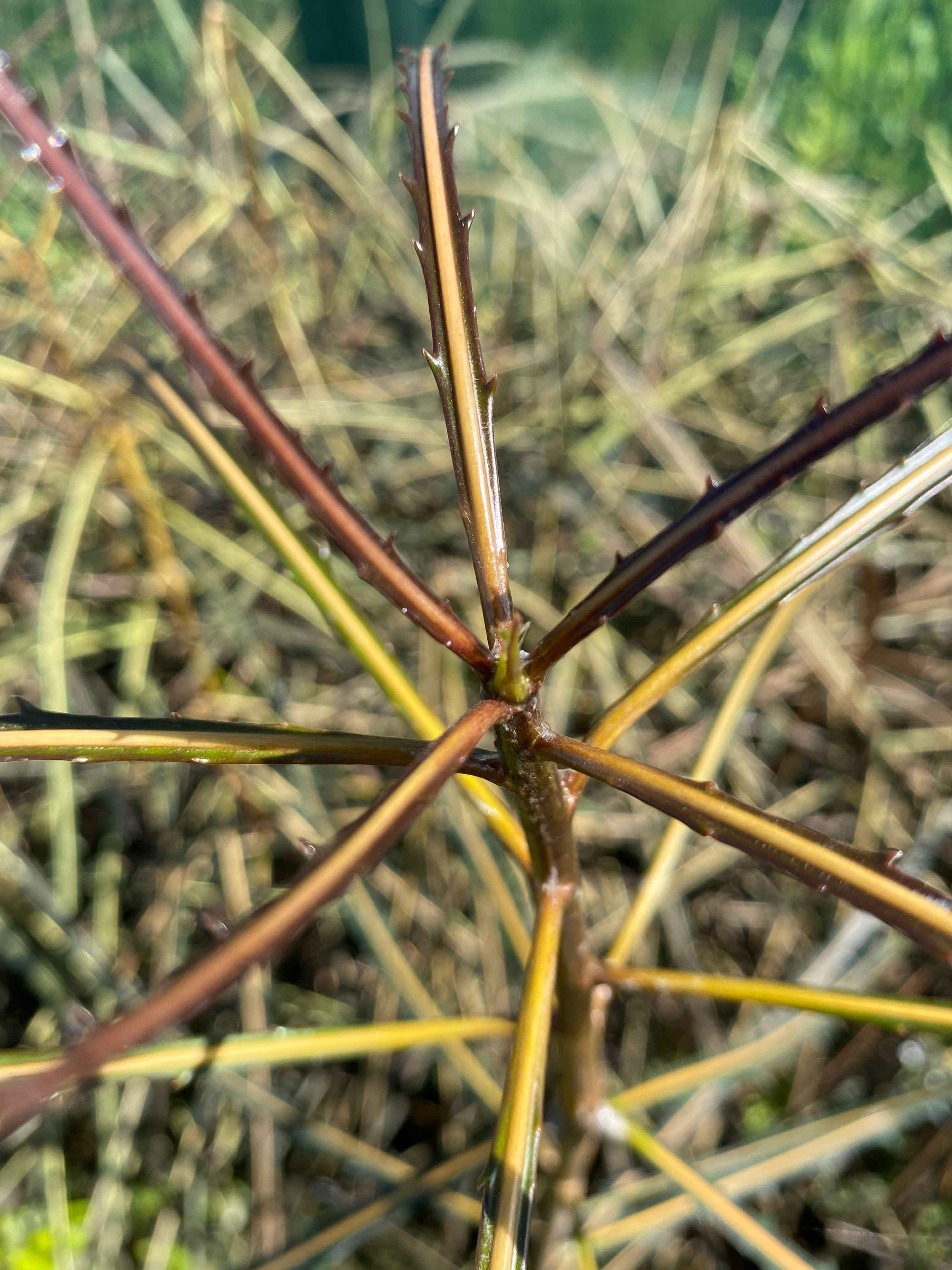

Lancewood
Pseudopanax crassifolius
Aptly named due to its sword like leaves in it's junvenile form, which can last up to 15 year. Eventually the foliage becomes a lovely, rounded shape with much shorter clustered leaves. Hardy and tolerant of a range of conditions.
Height up to 15m
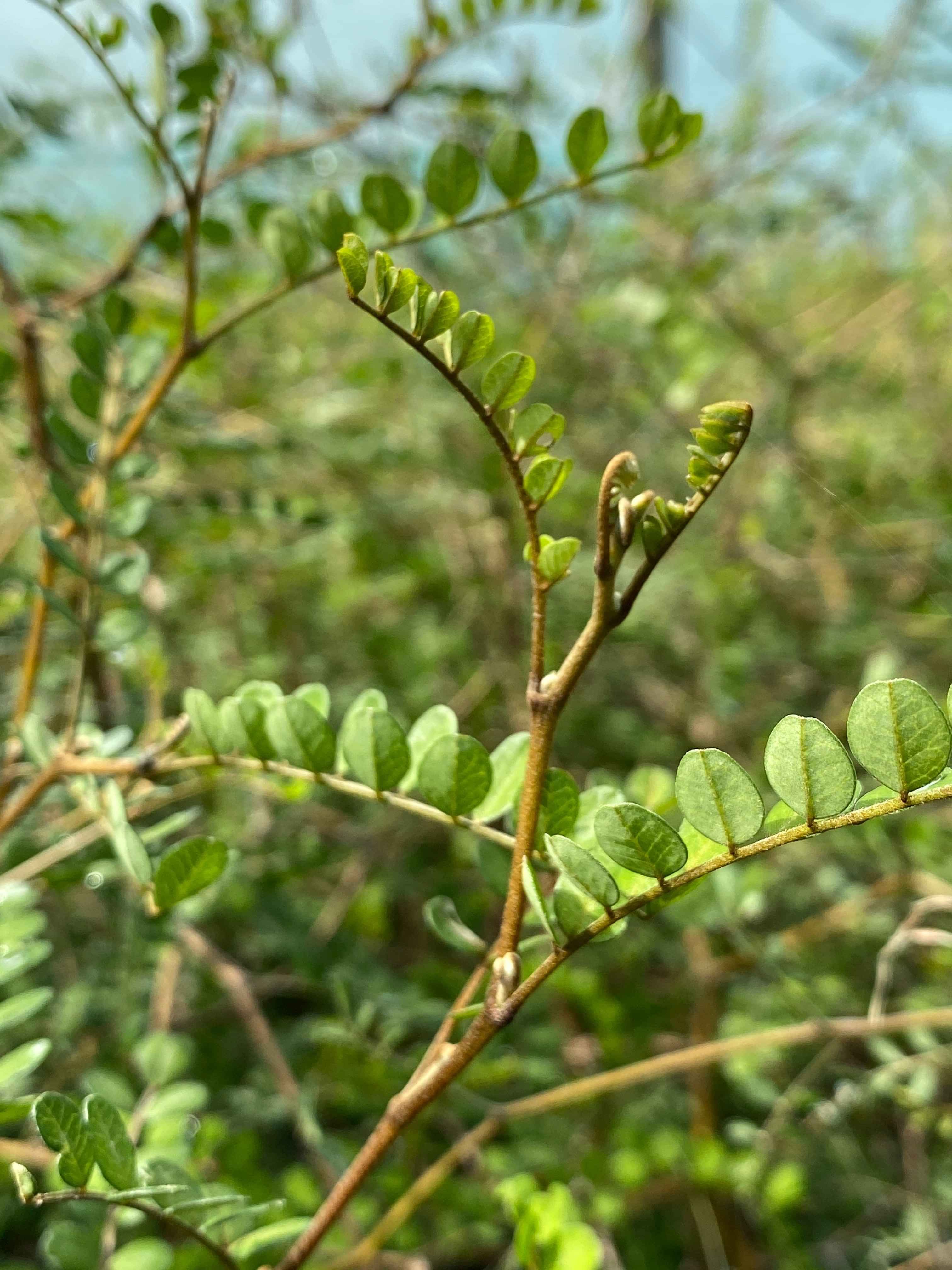

Papa Kowhai
Sophora godleyi
The Kowhai tree needs little introduction, but many won't realise there are 8 distinct species in New Zealand. S. Godleyi is found from the upper Mokau River and Taumaranui, through to Manawatu and Whanganui. Often growing near streams, on papa, mudstone, siltstone & sandstone.
Height up to 25m
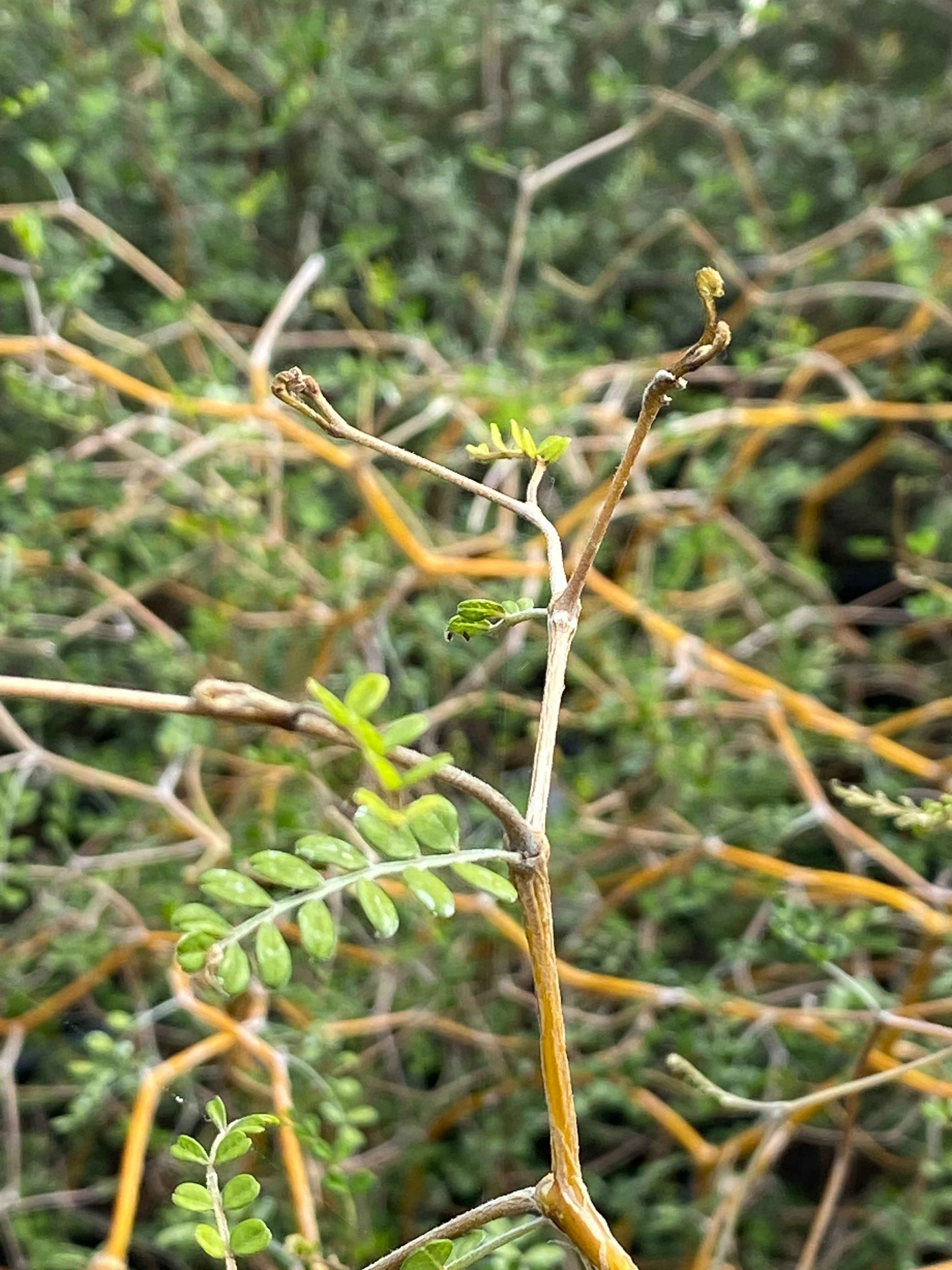

Kowhai
Sophora microphylla
This species has the widest distribution of all of the Kowhai. It has a distinct, divaricating juvenile stage. It naturally grows on lowland flood plains, sand dunes, river & lake edges and on stony hillsides. Very adaptable!
Hybridises with S. godleyi. We have found a lot of the stands of kowhai in our region to be a cross of the two.
Height up to 25m
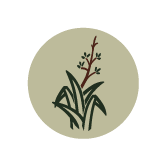
KEY

Wetland

Bird Beneficial

Pioneer

Bee Beneficial

Large Tree

Riparian

Landscaping

